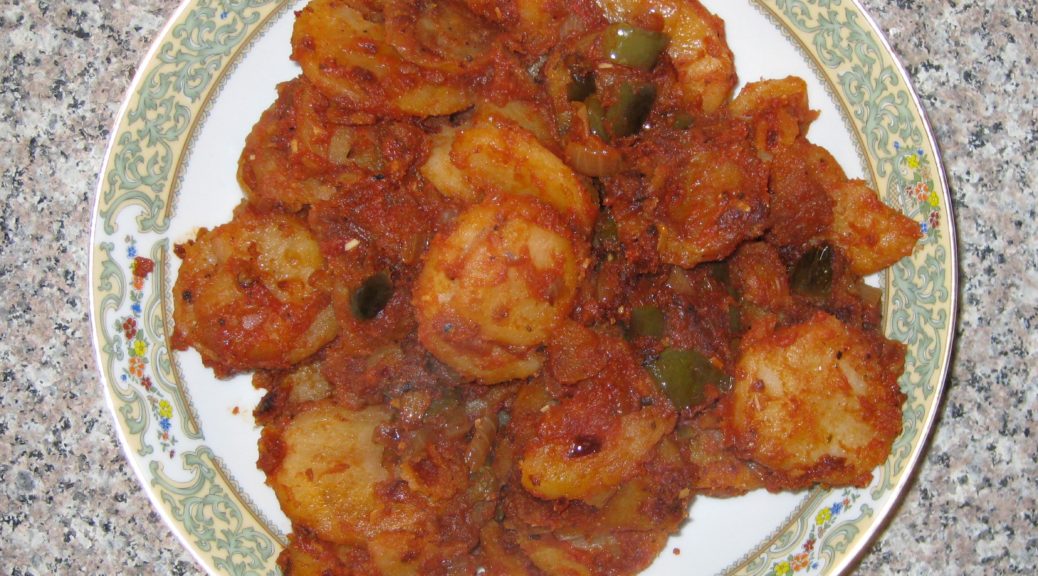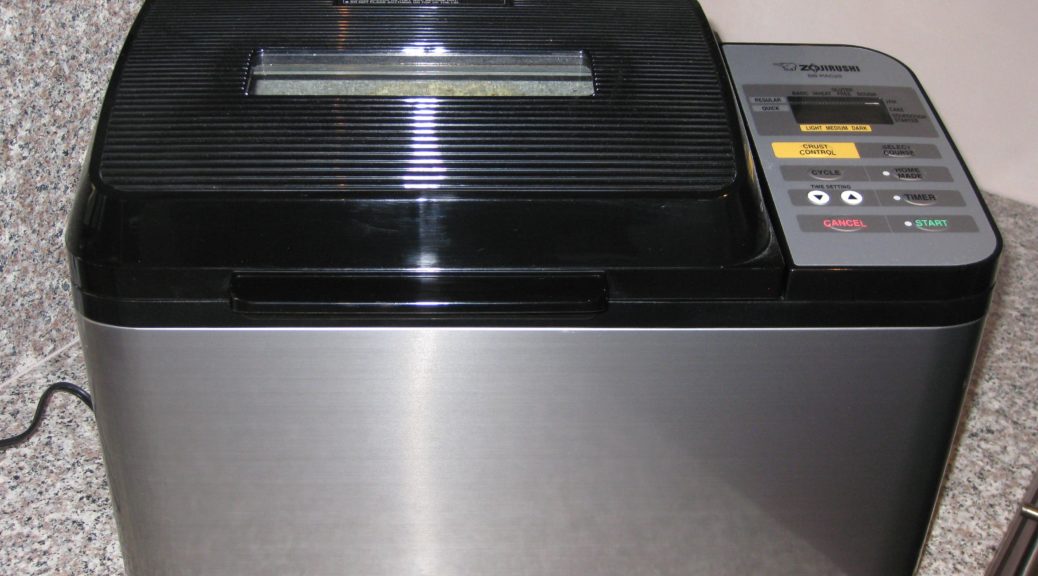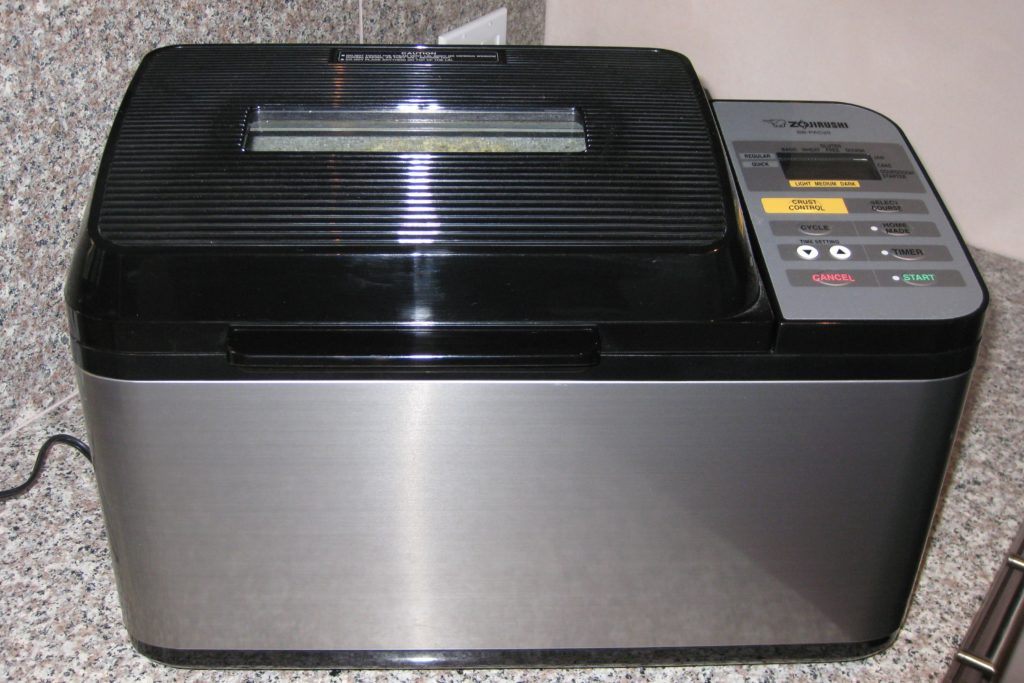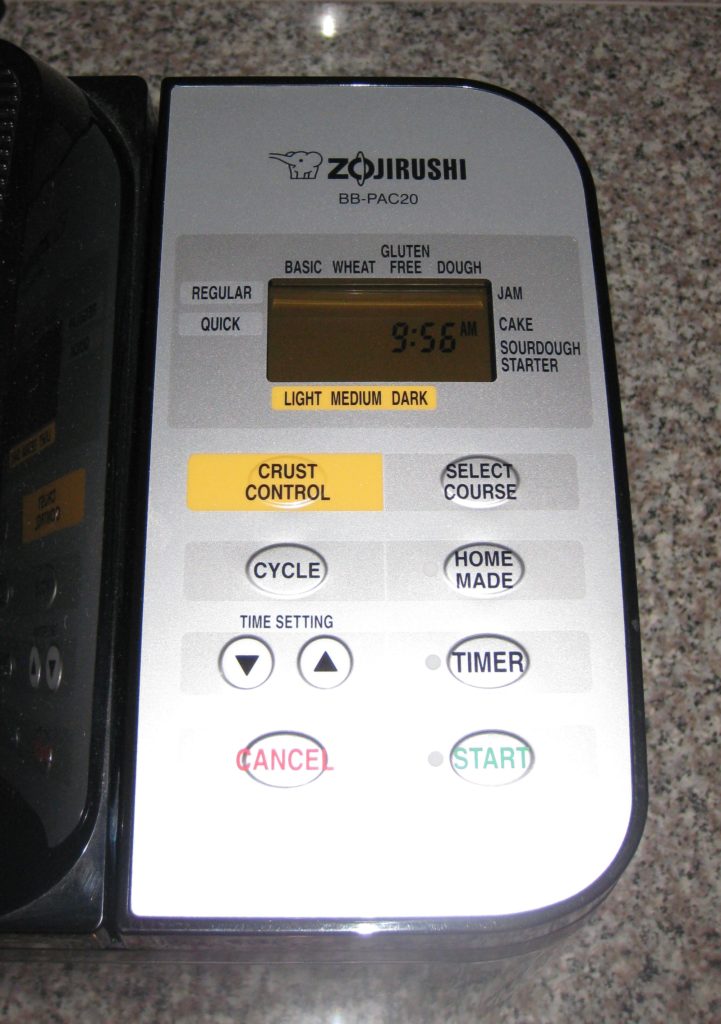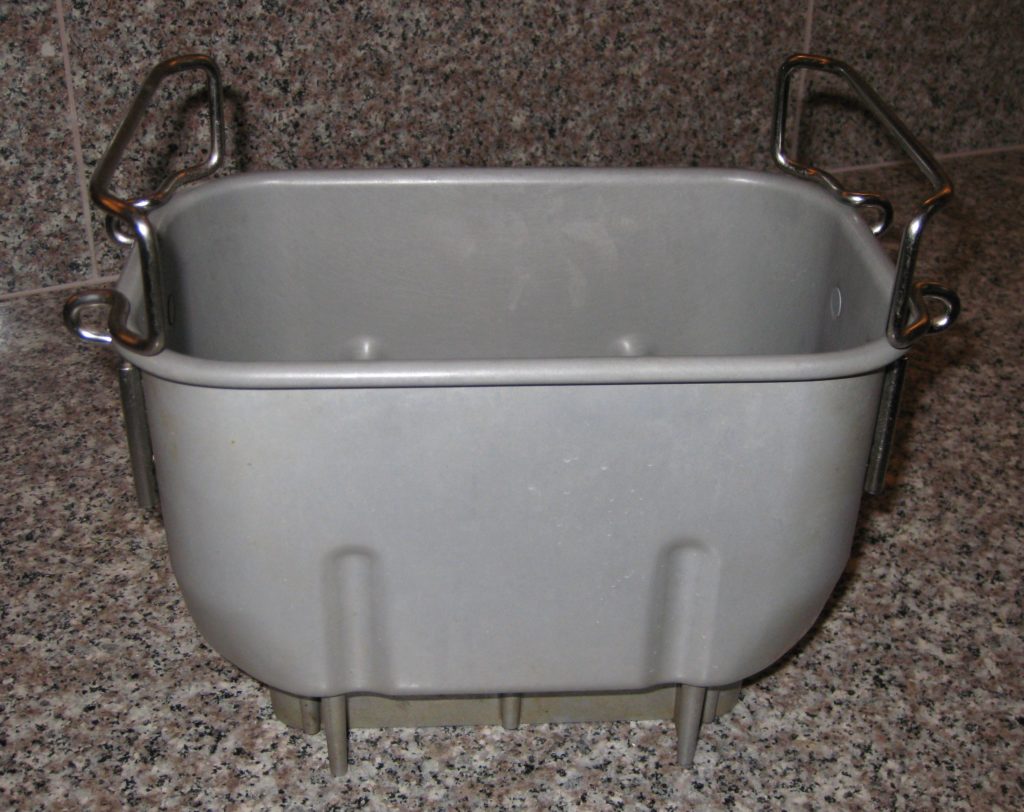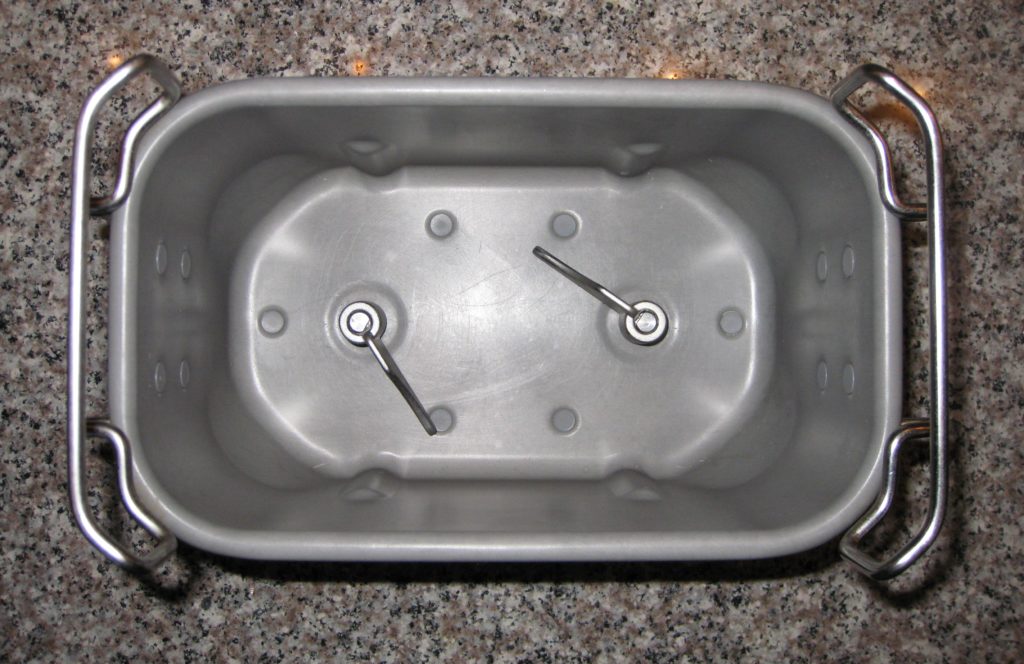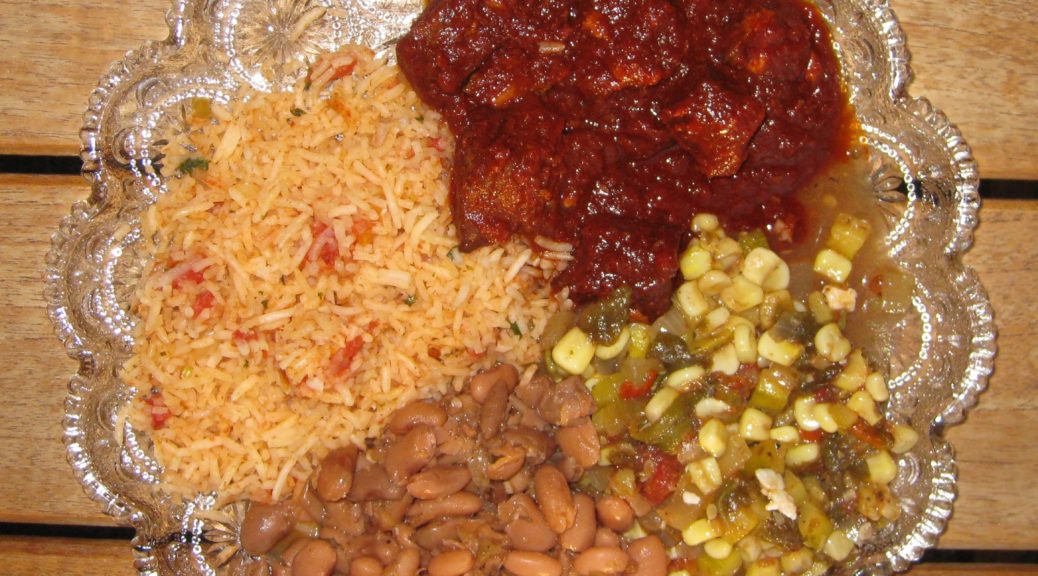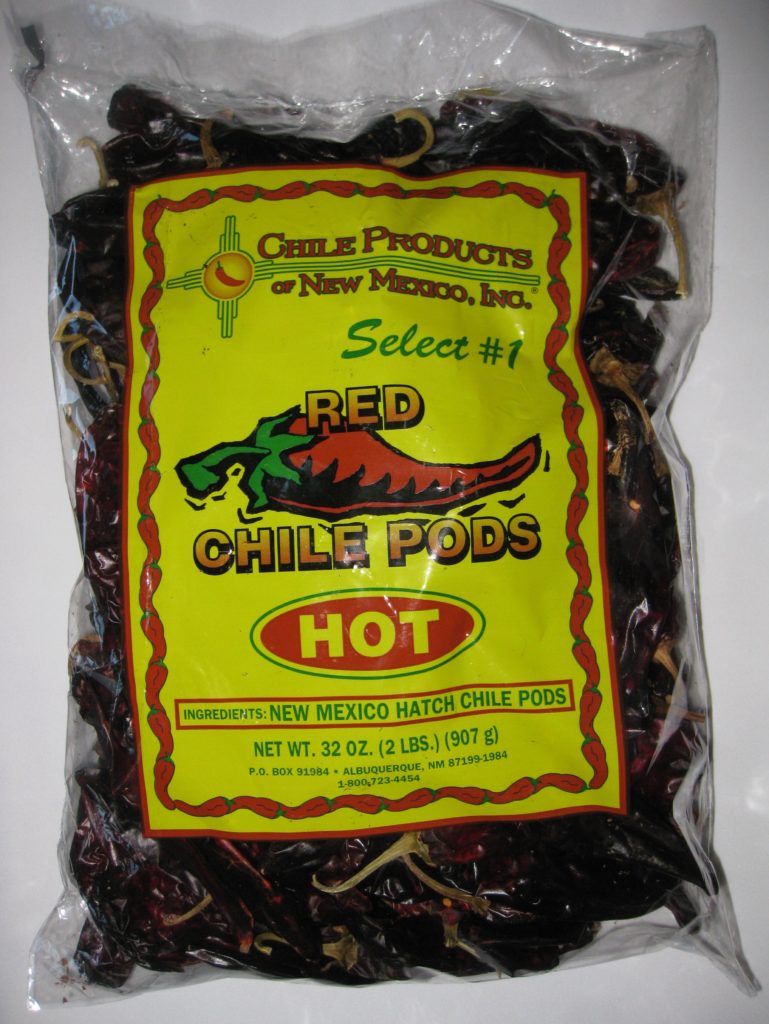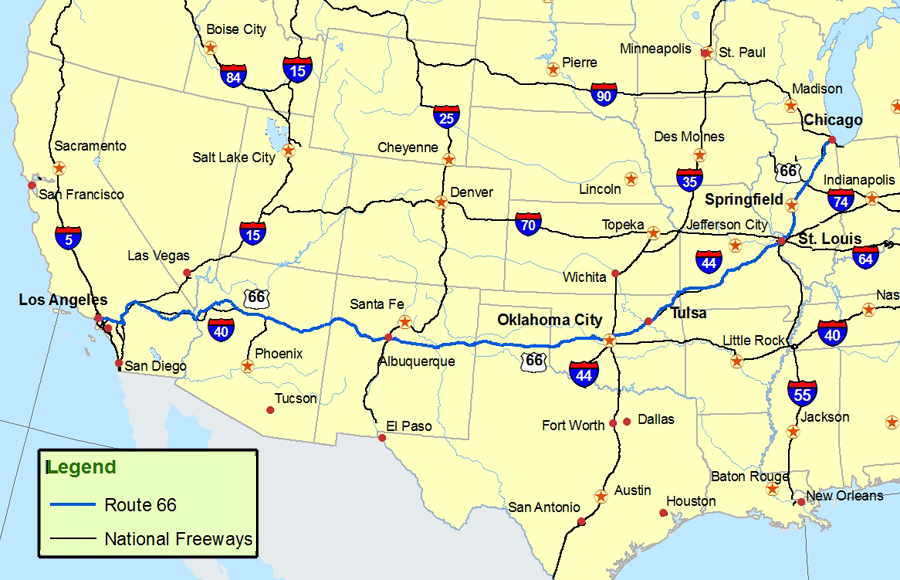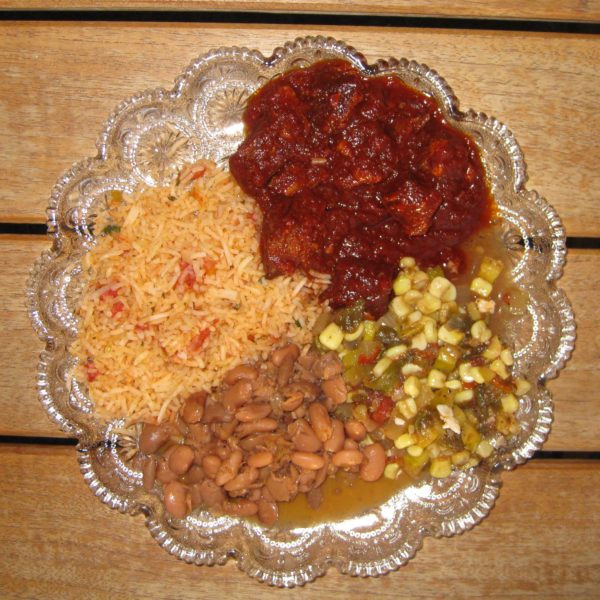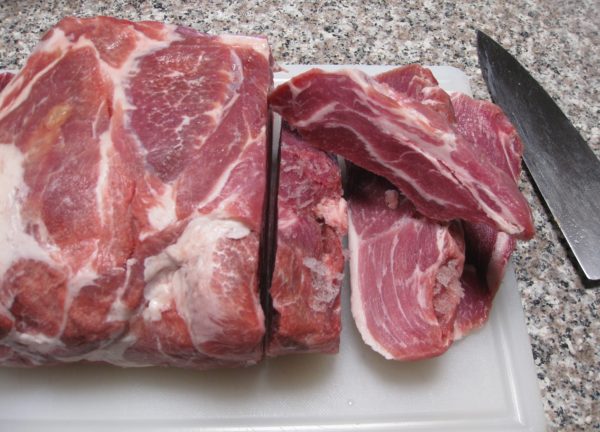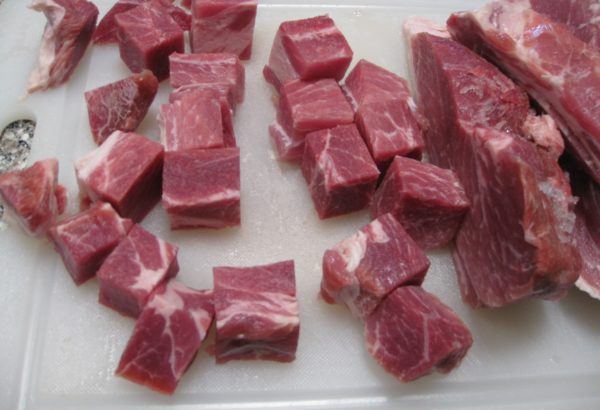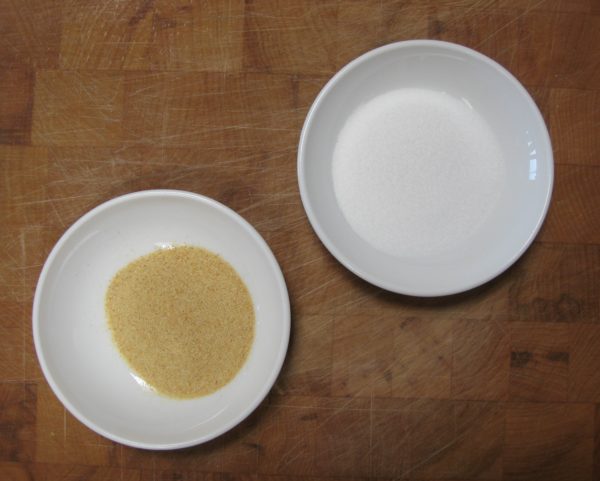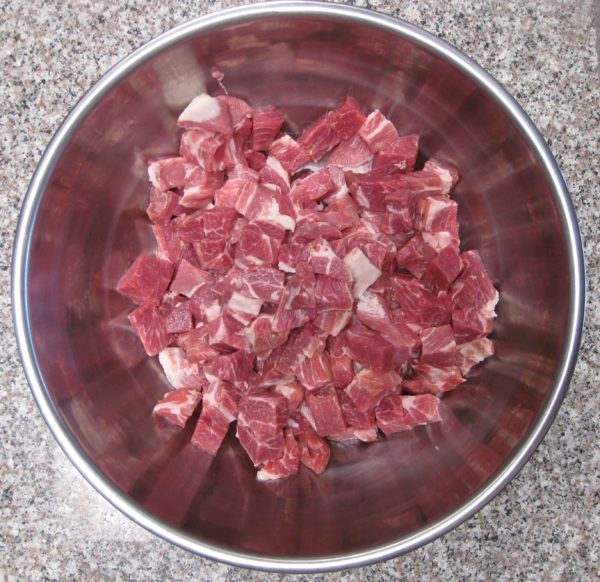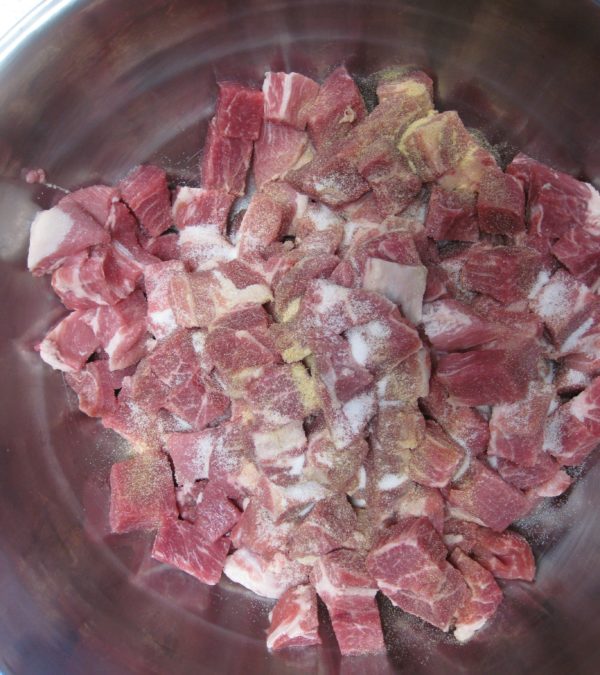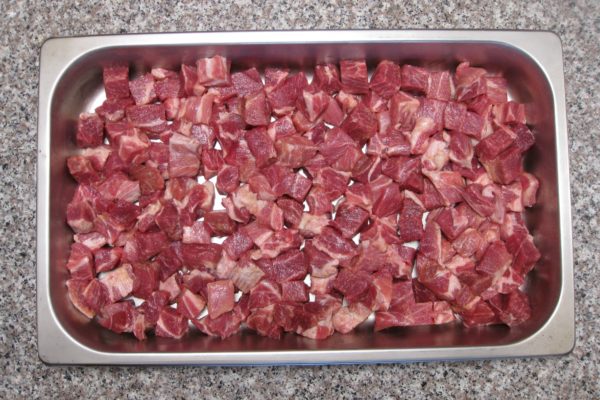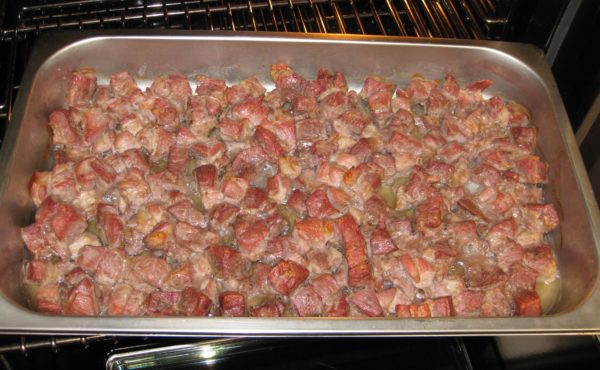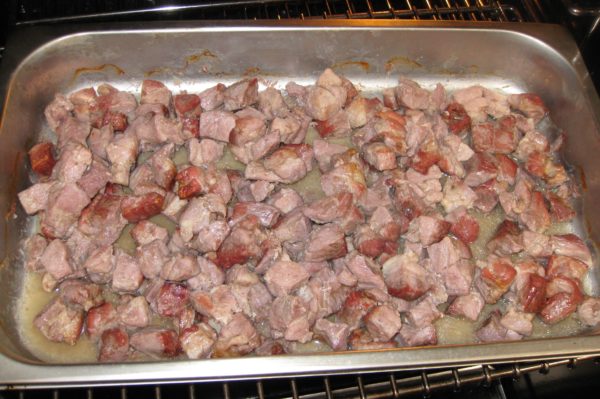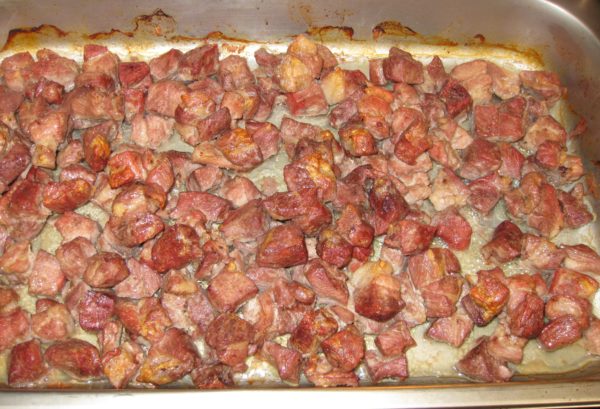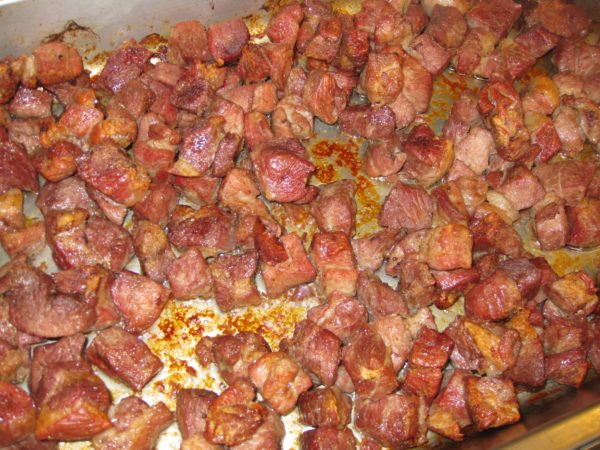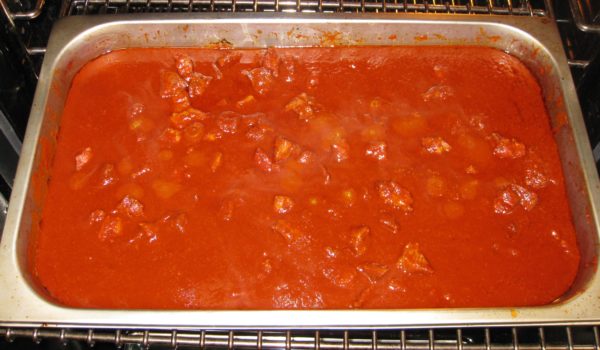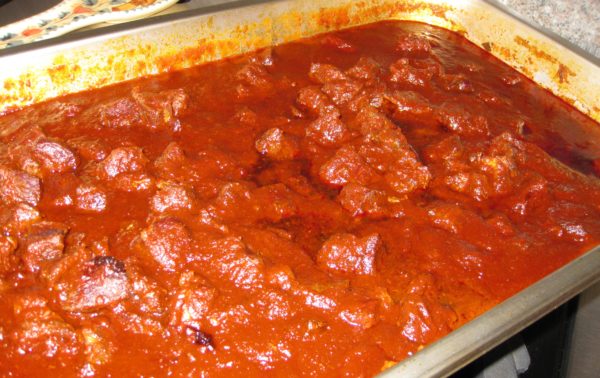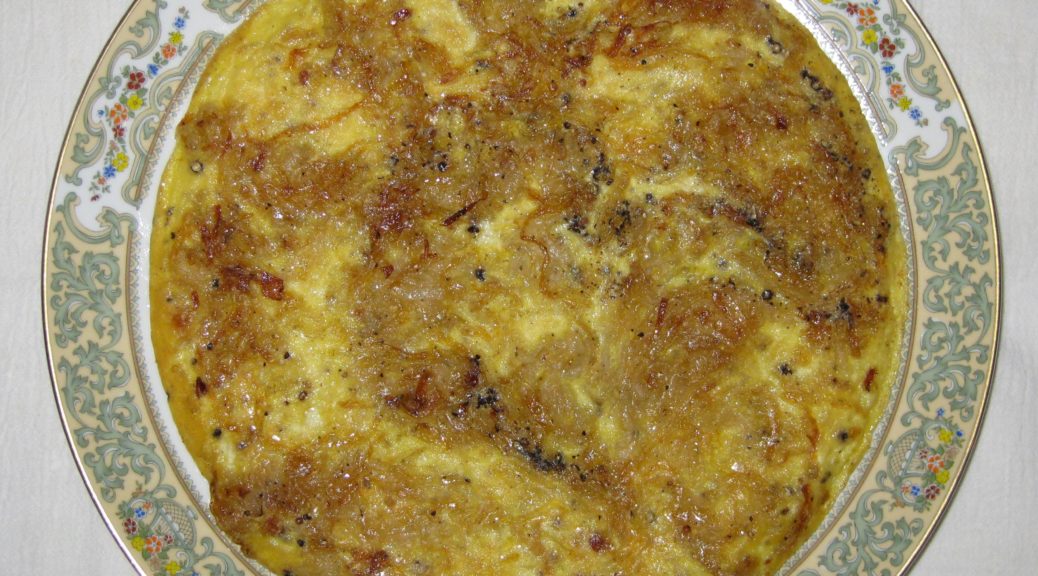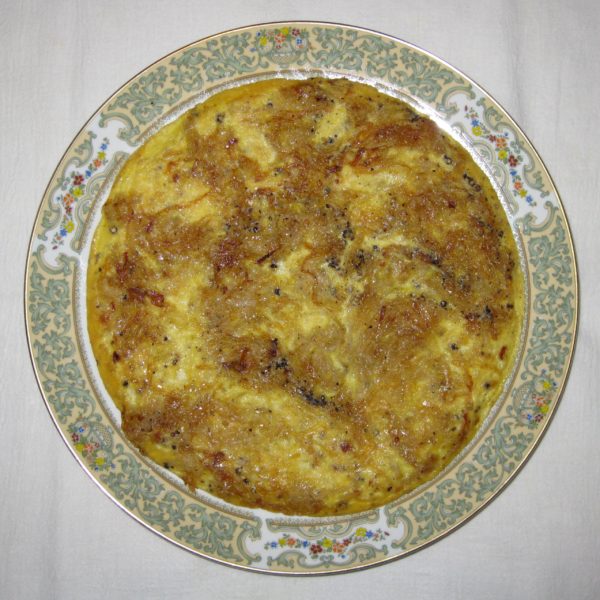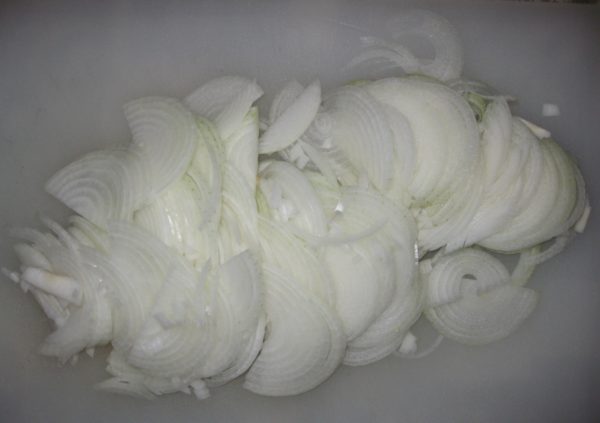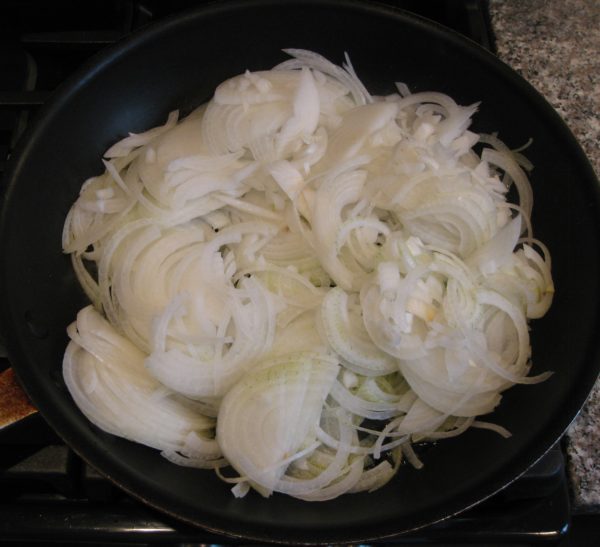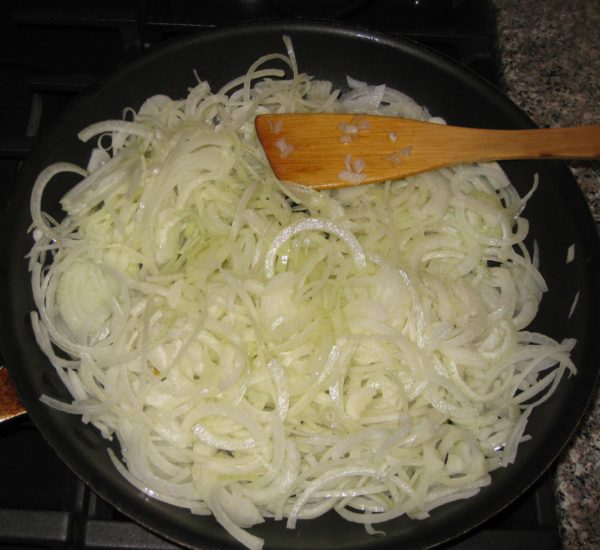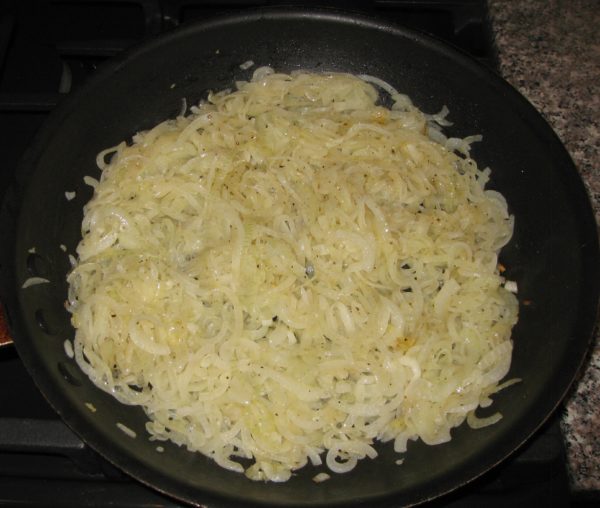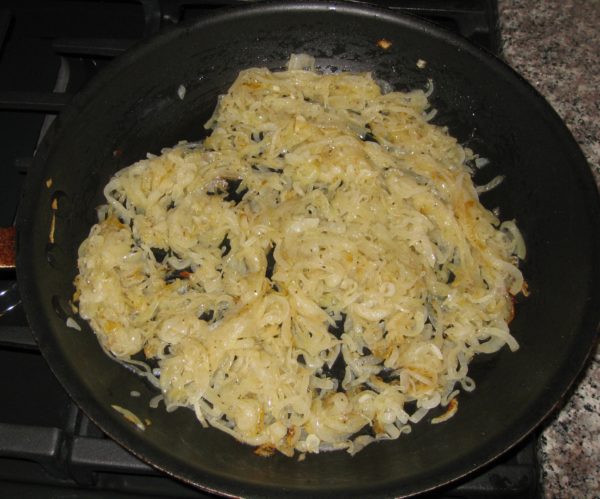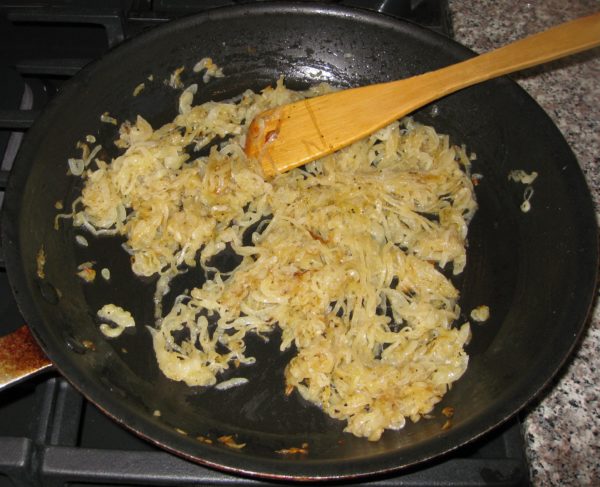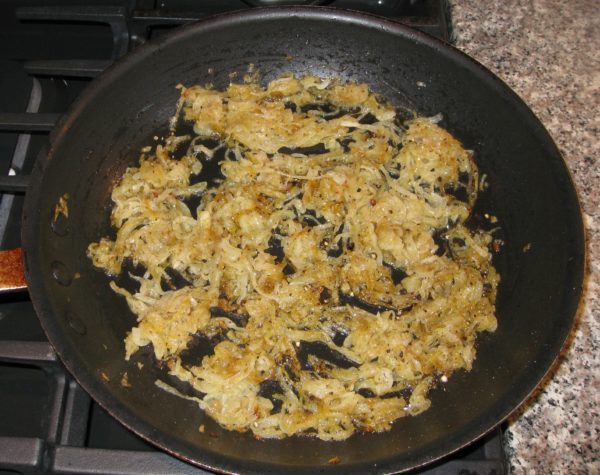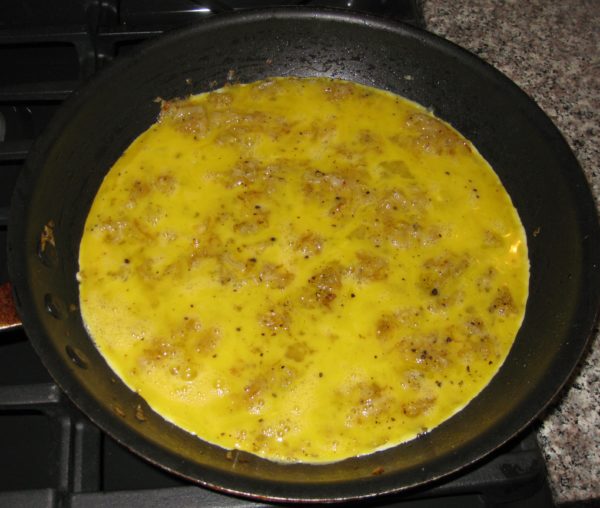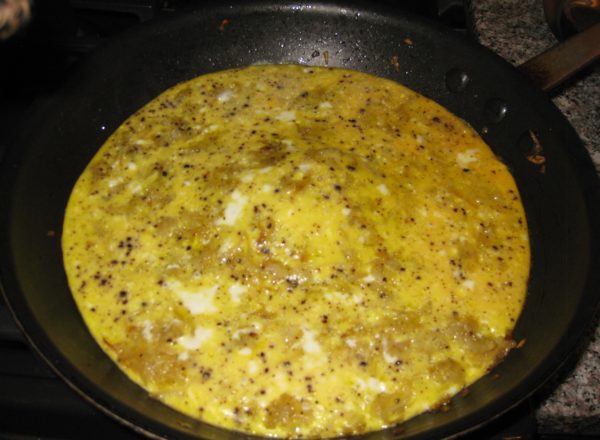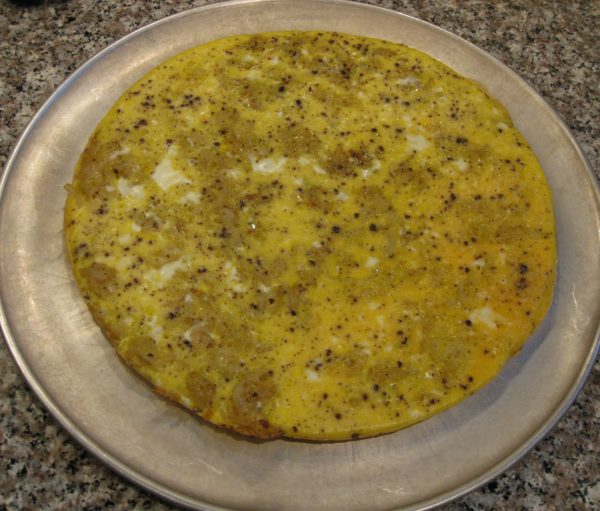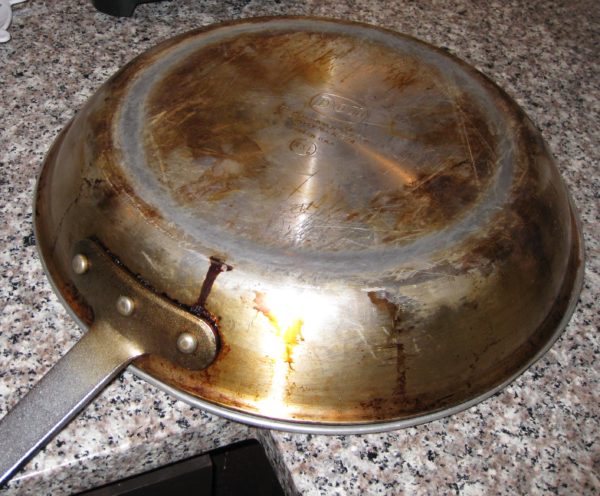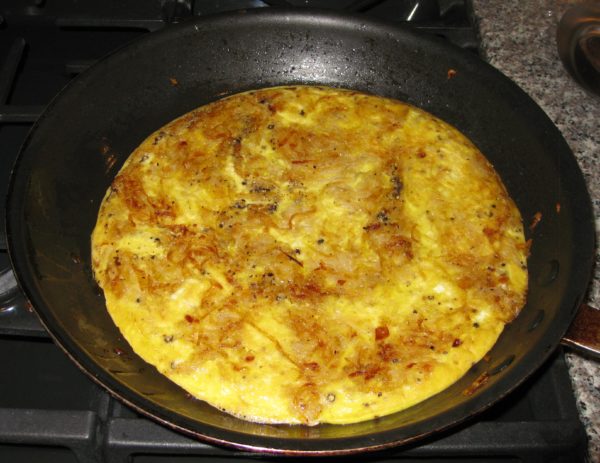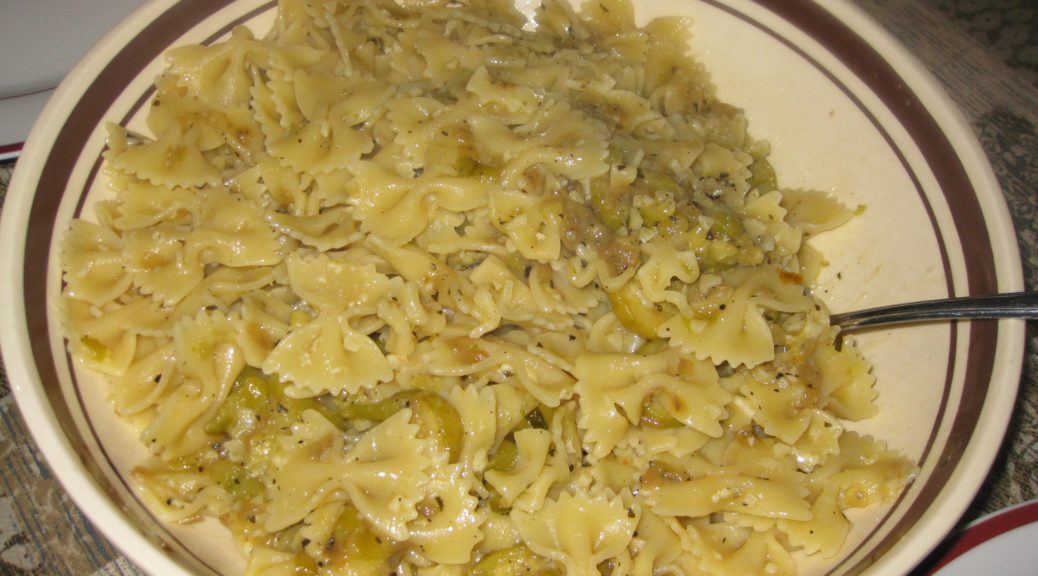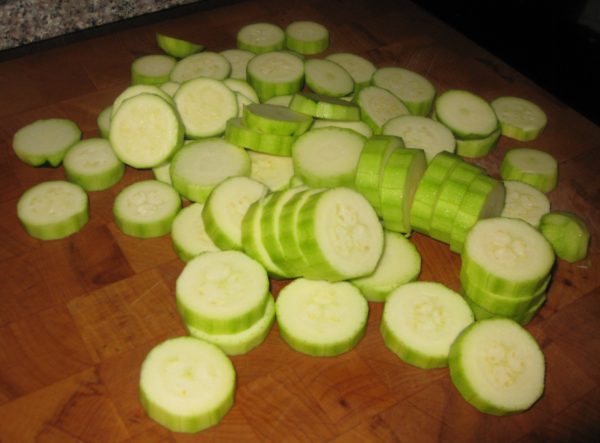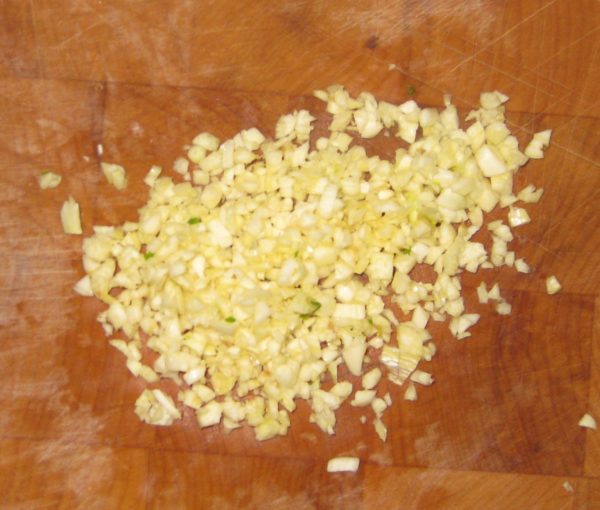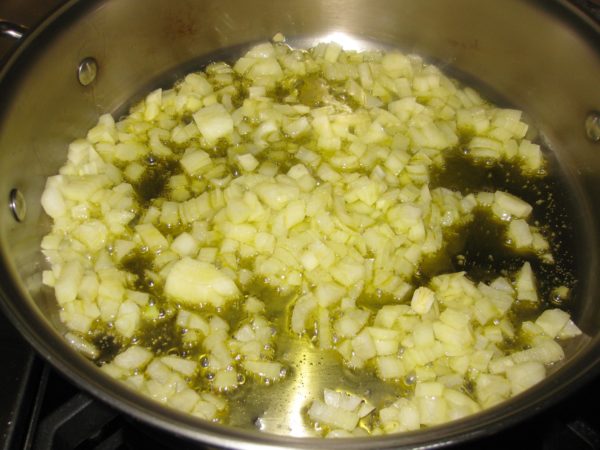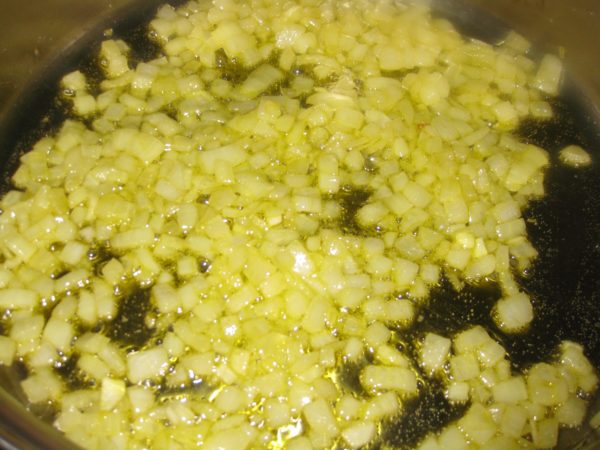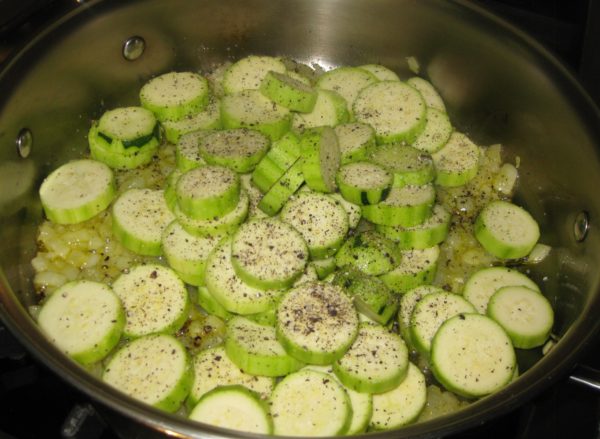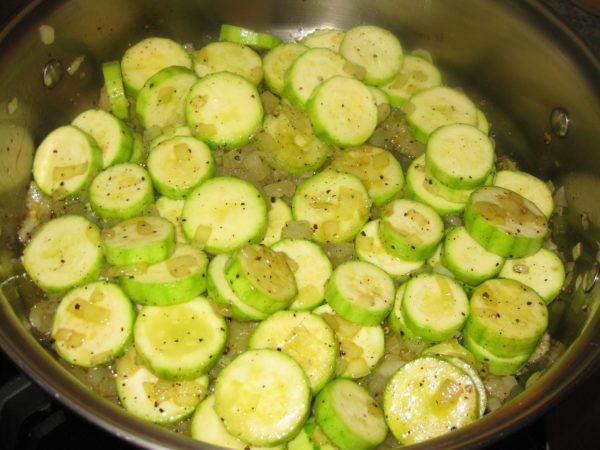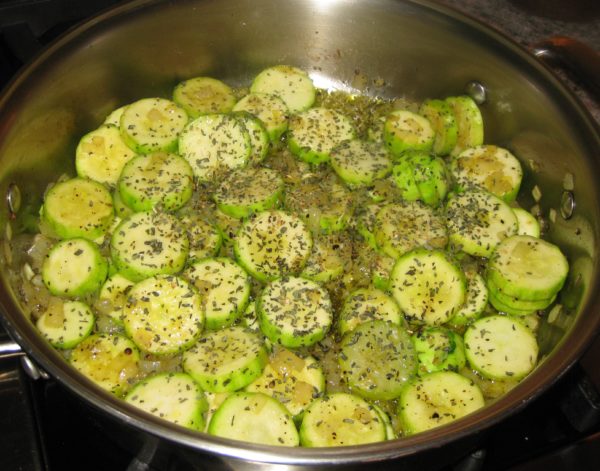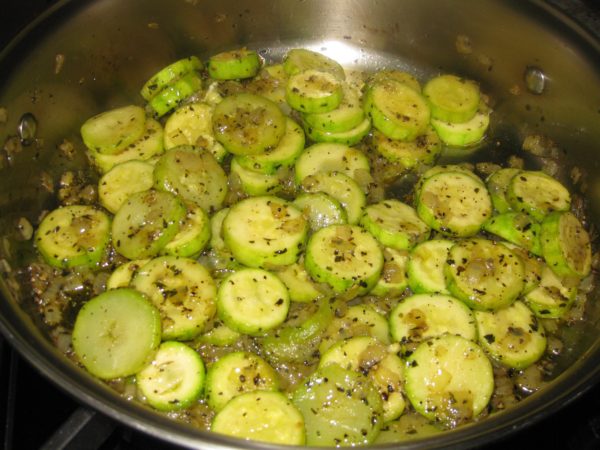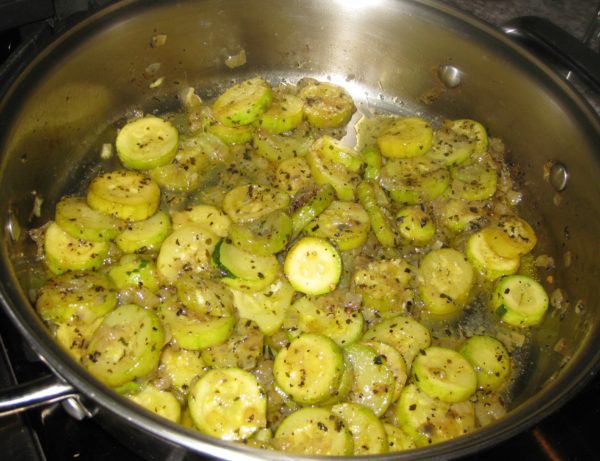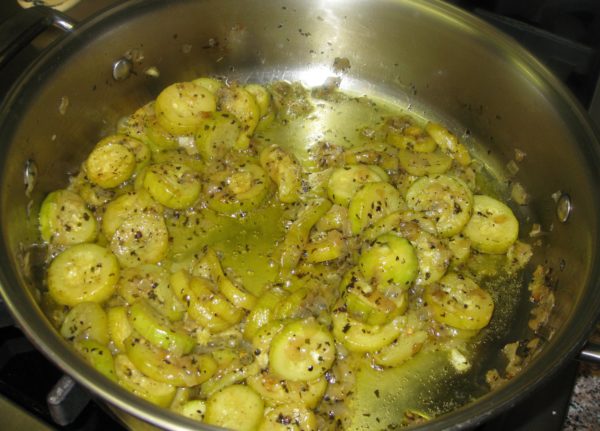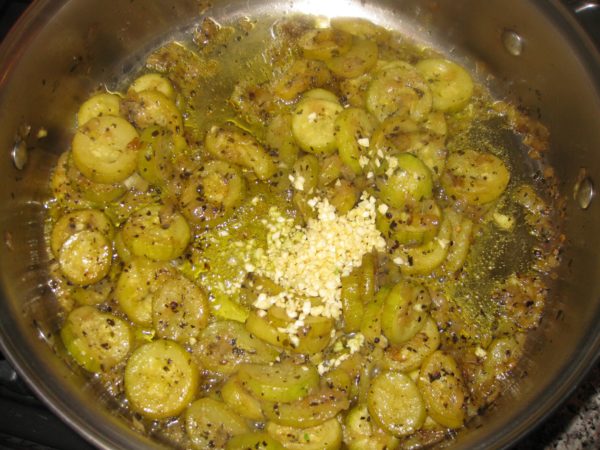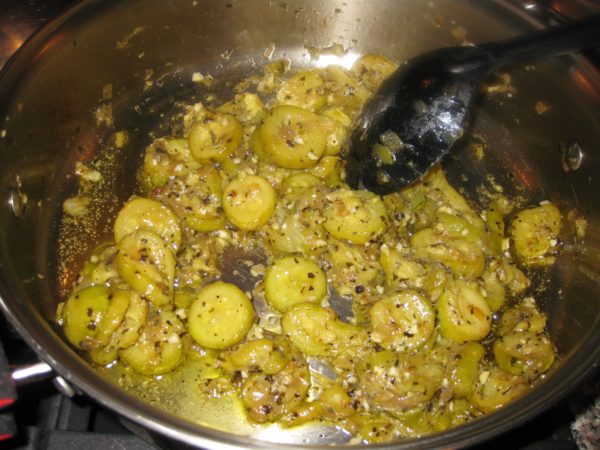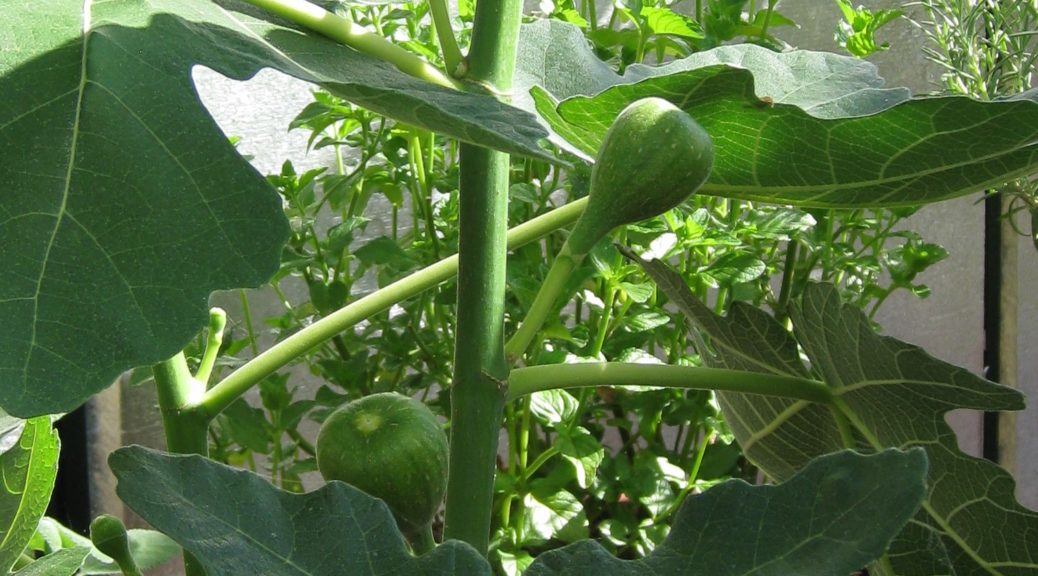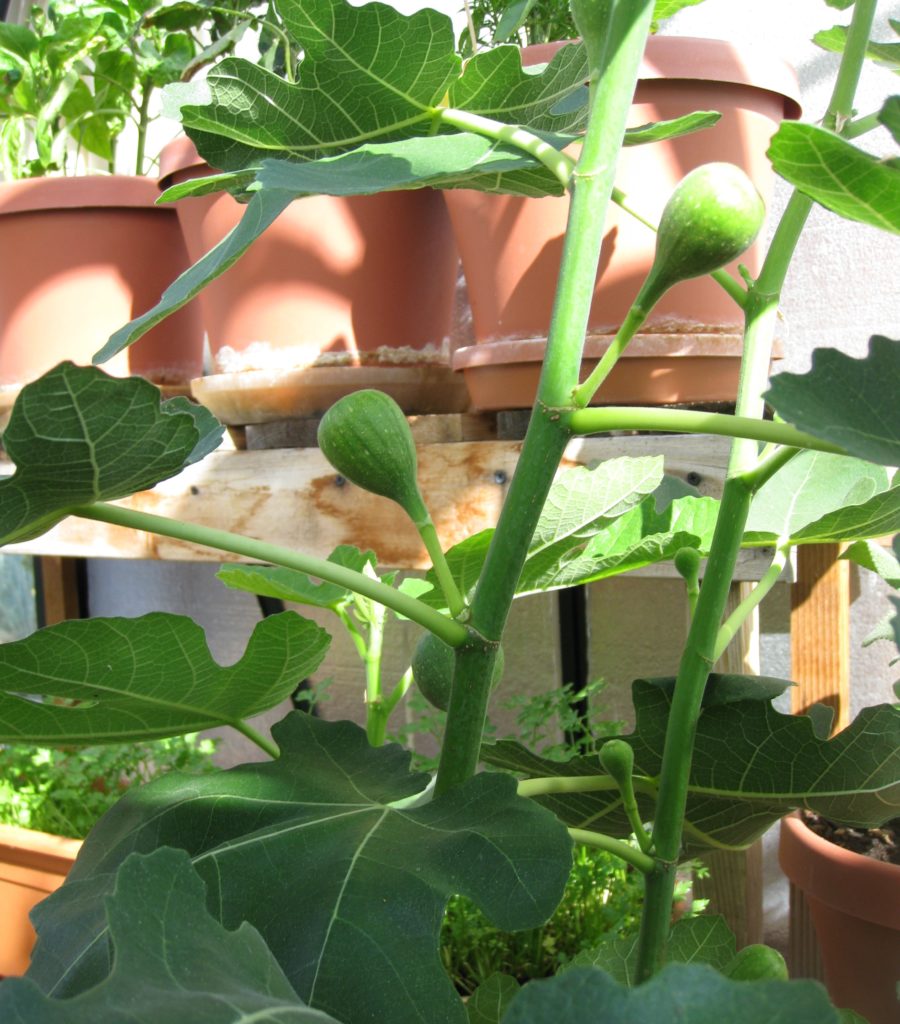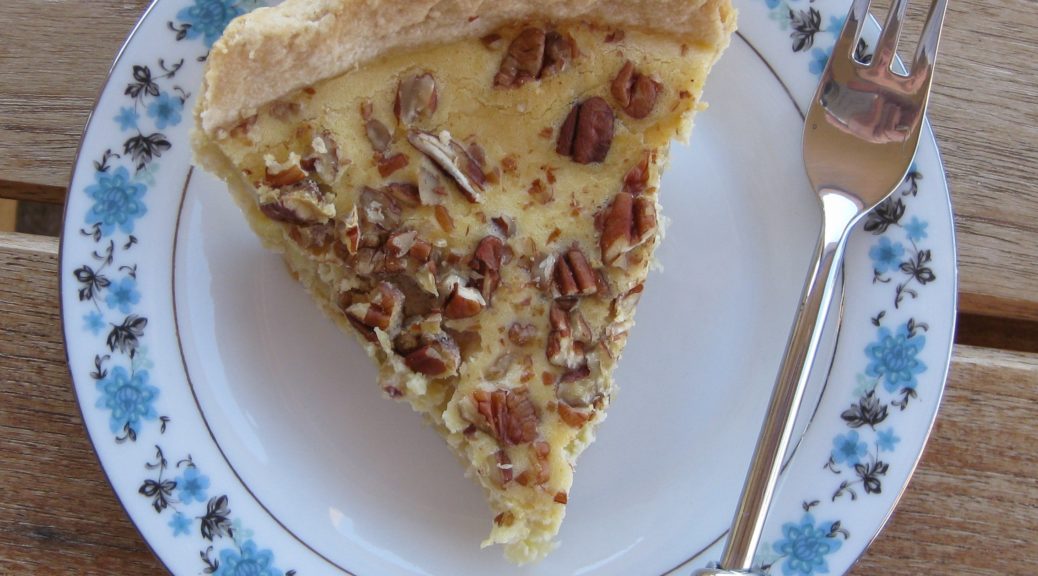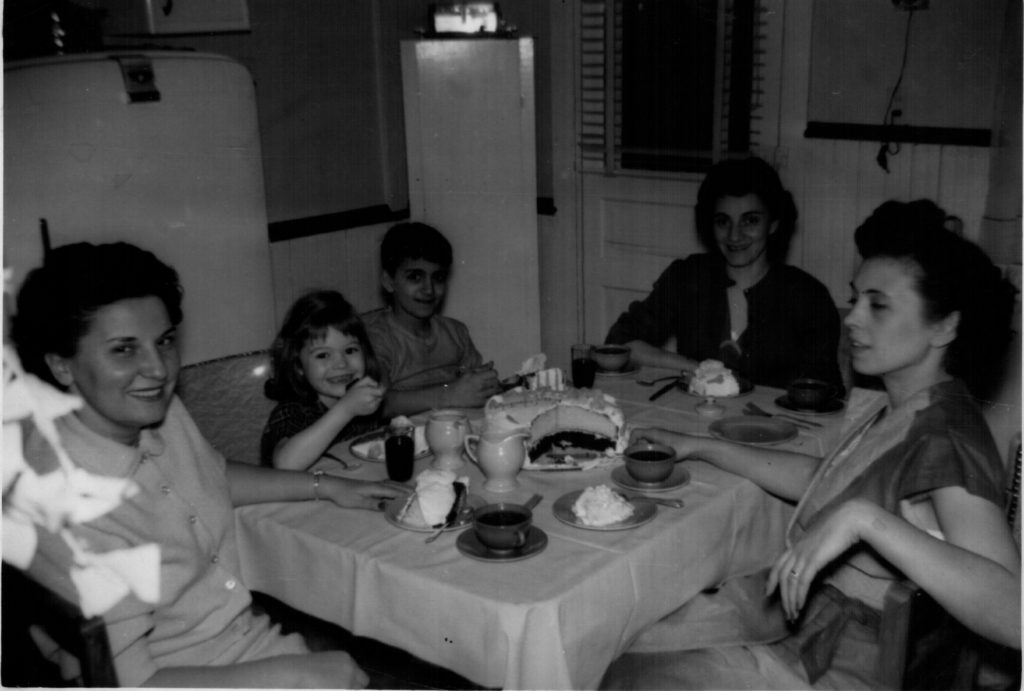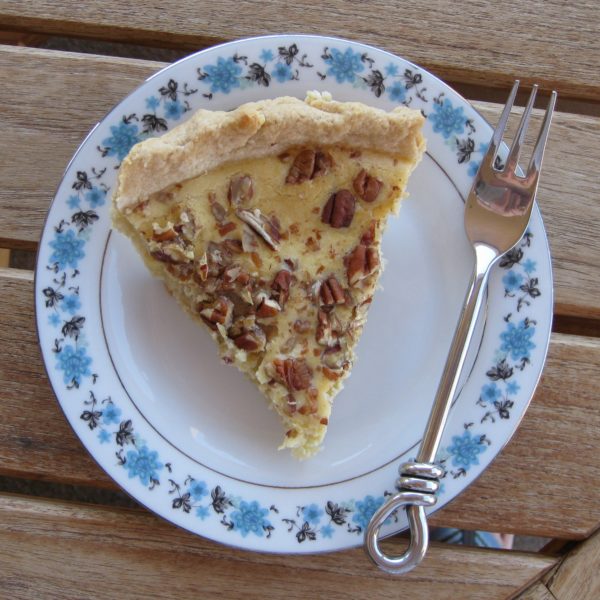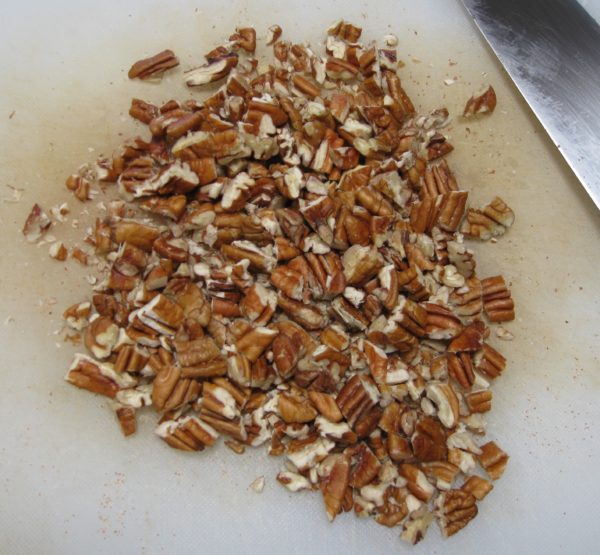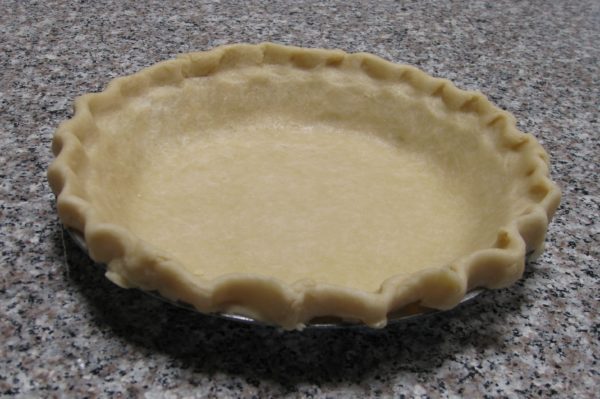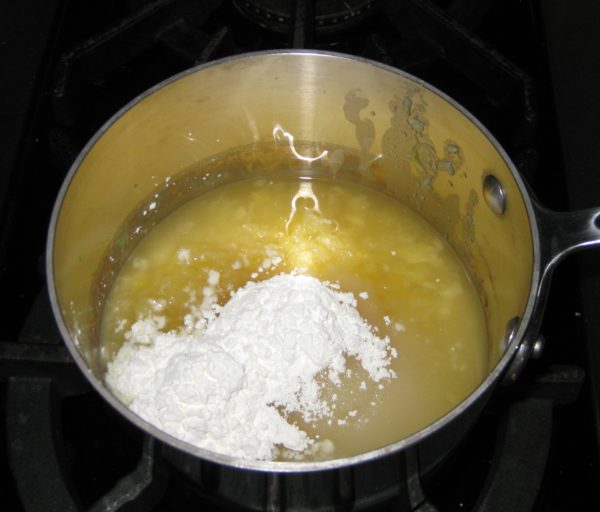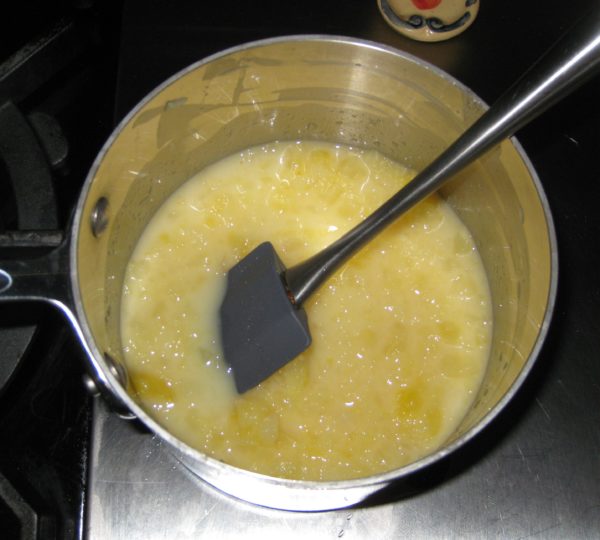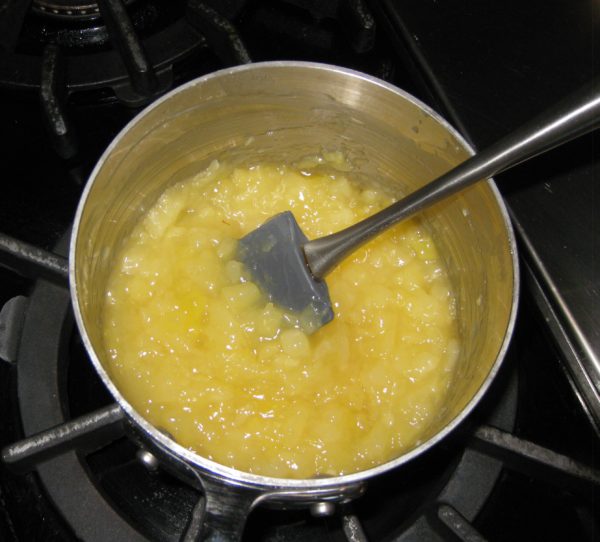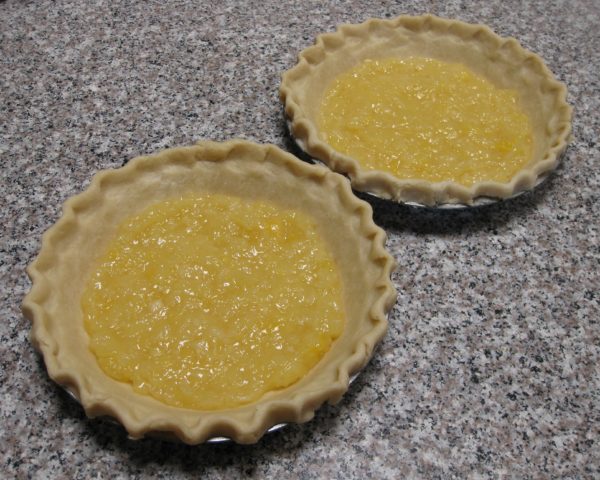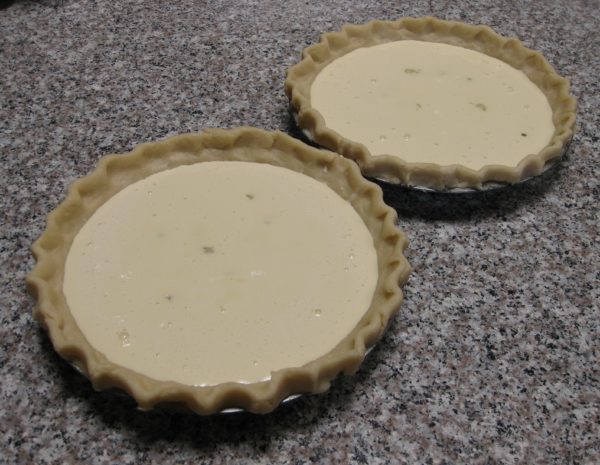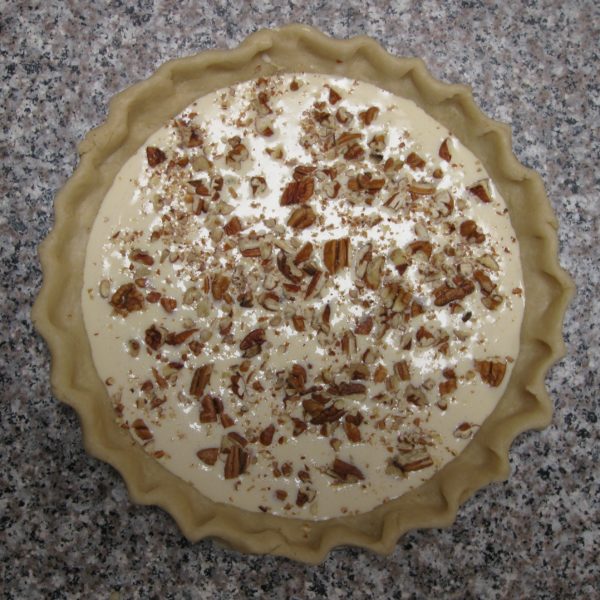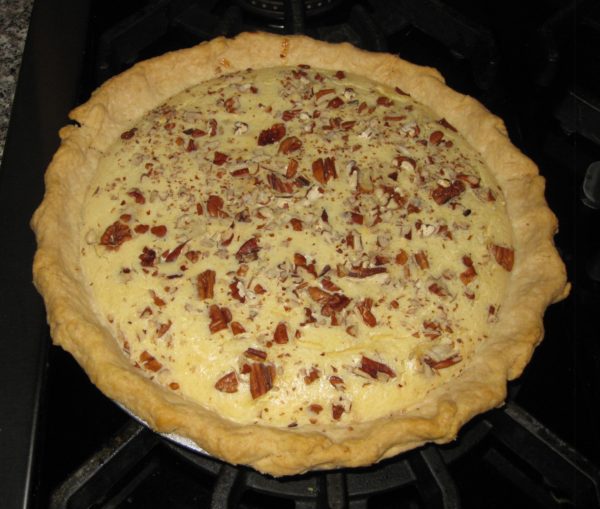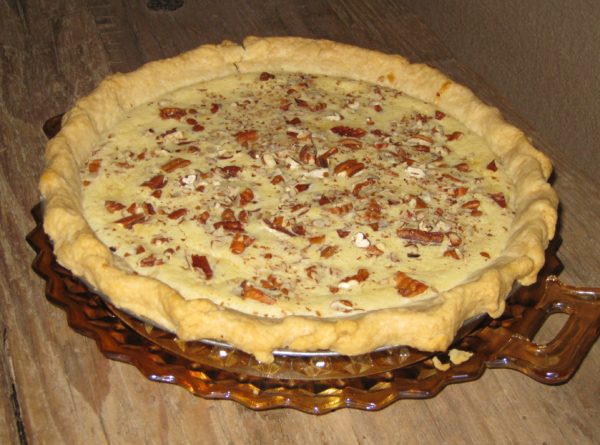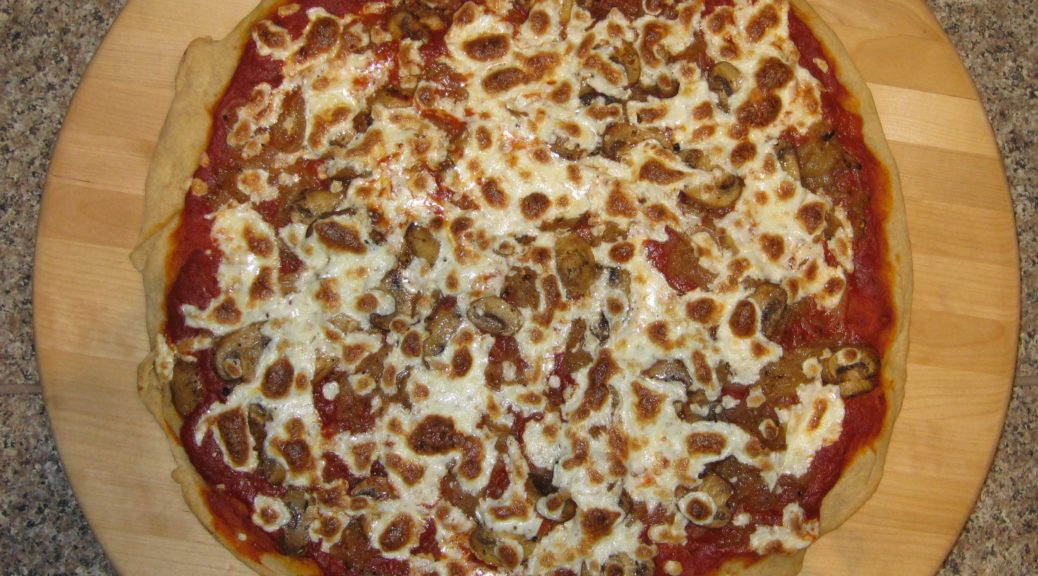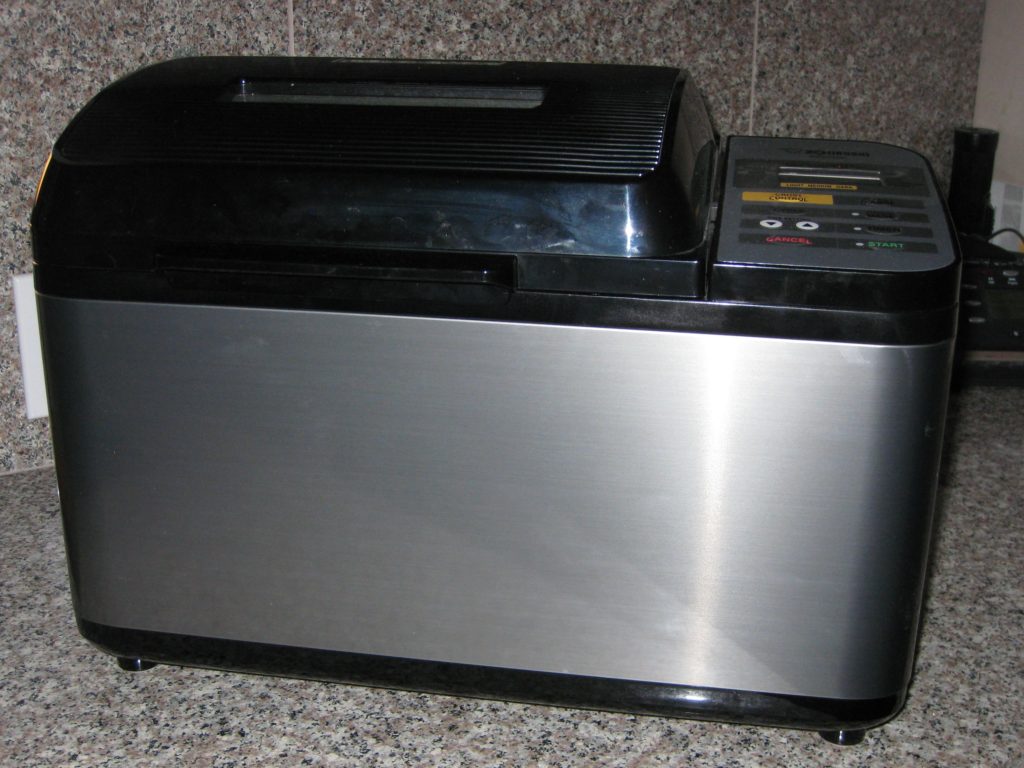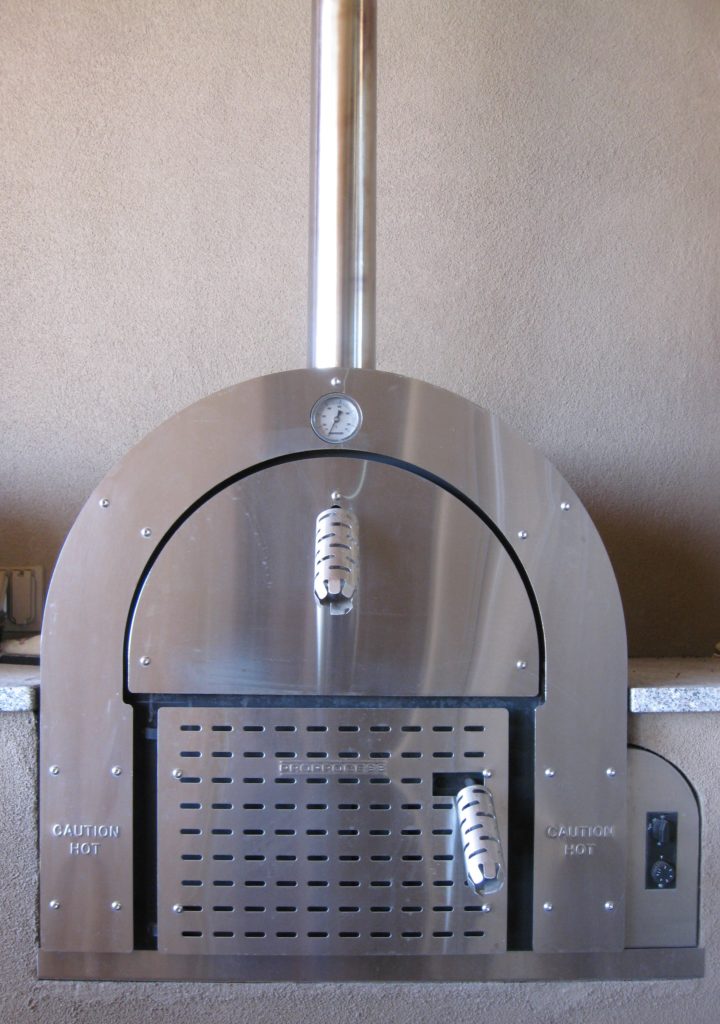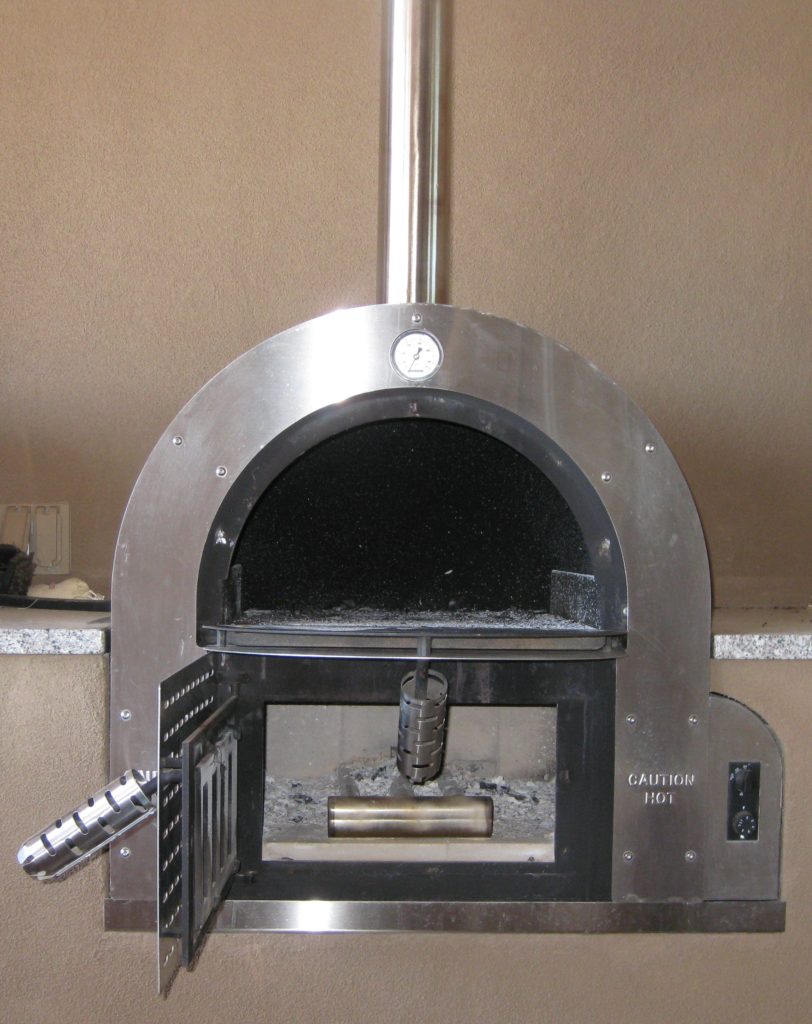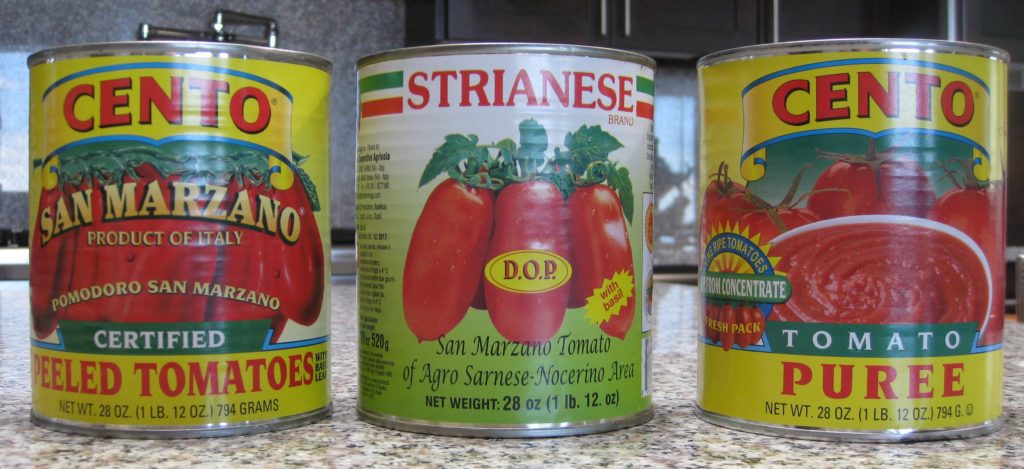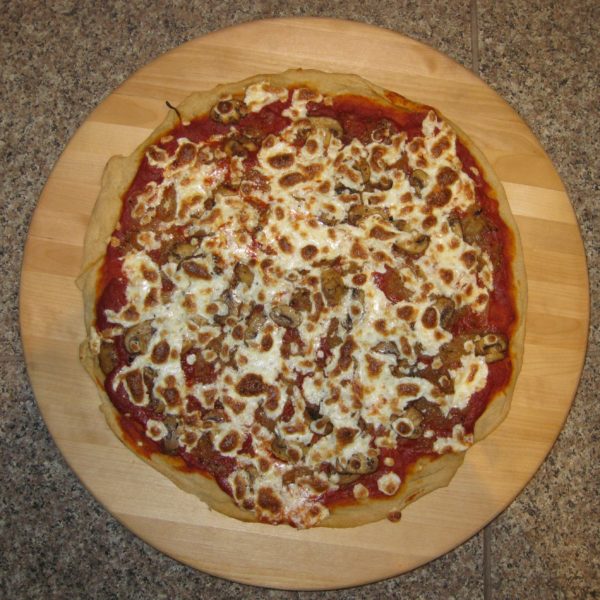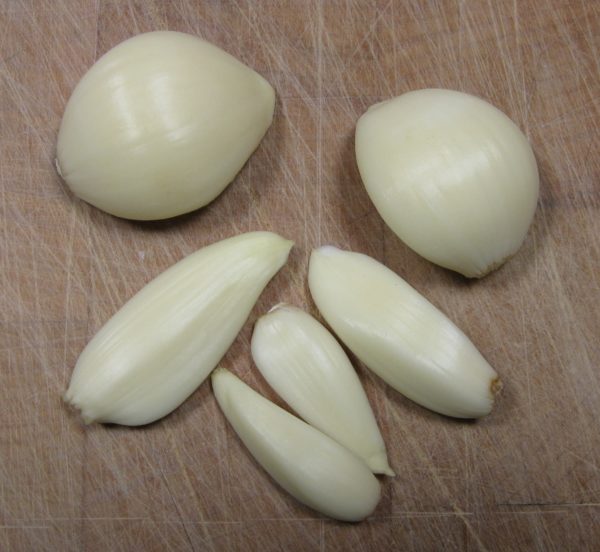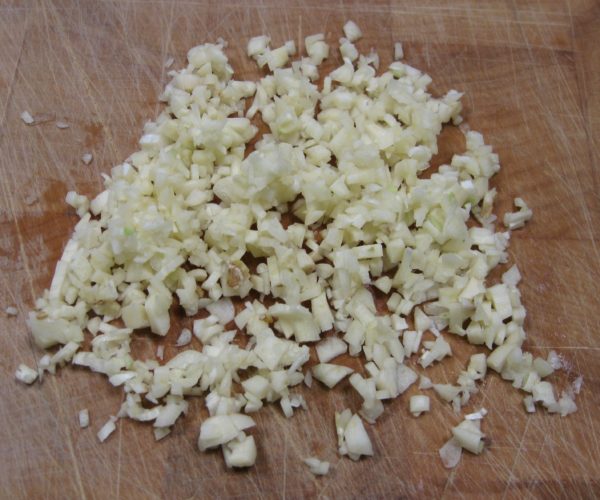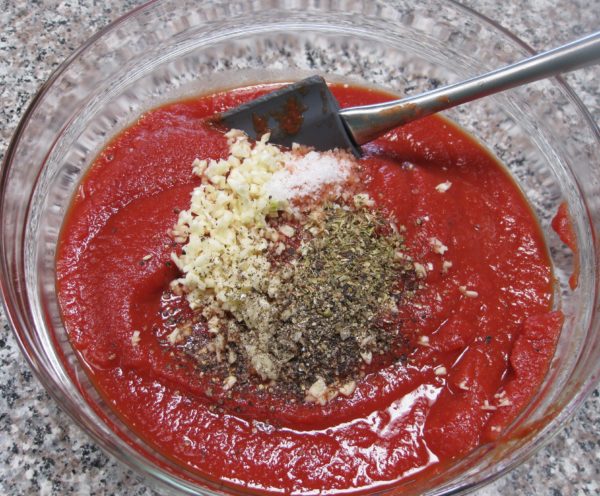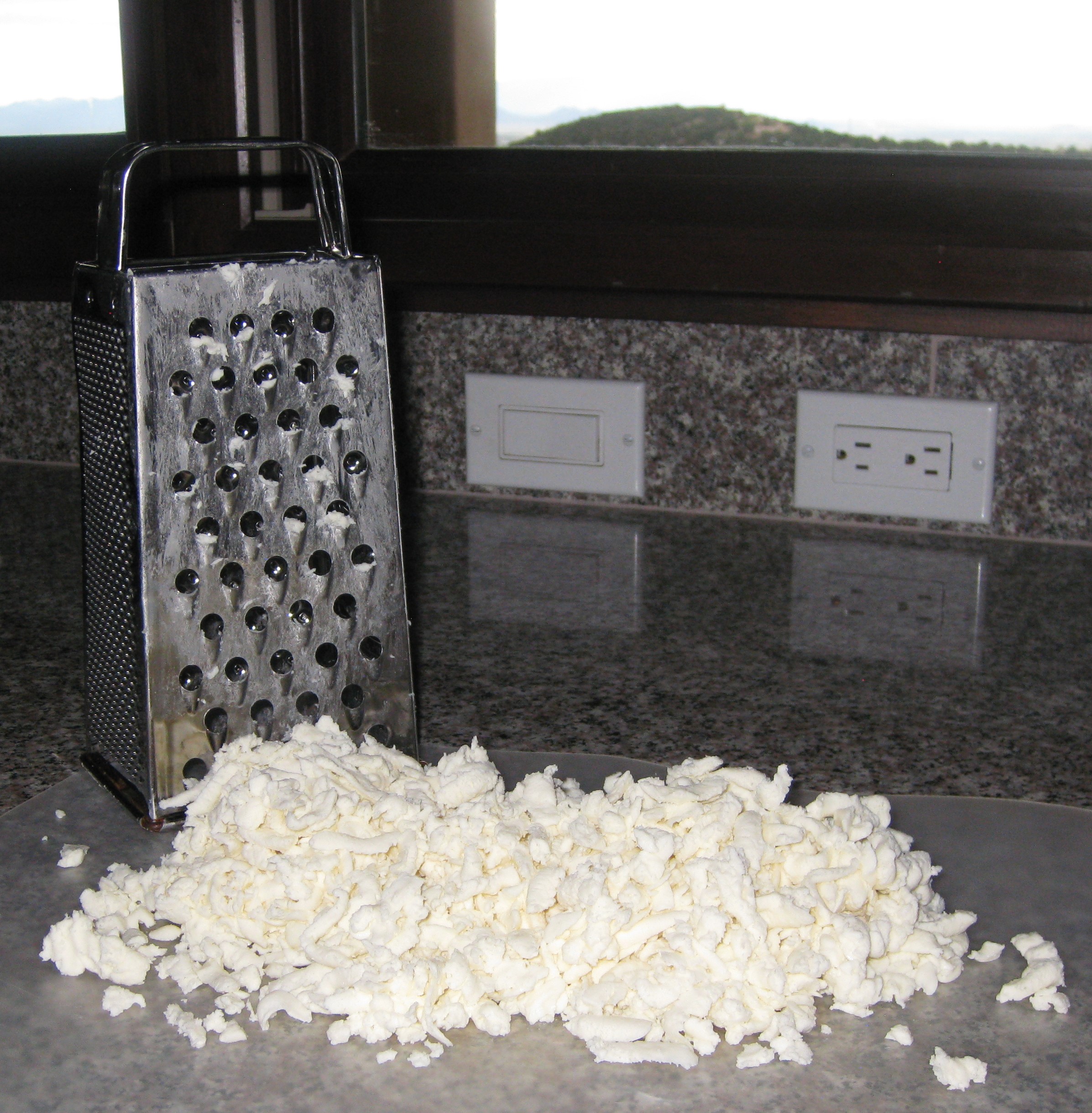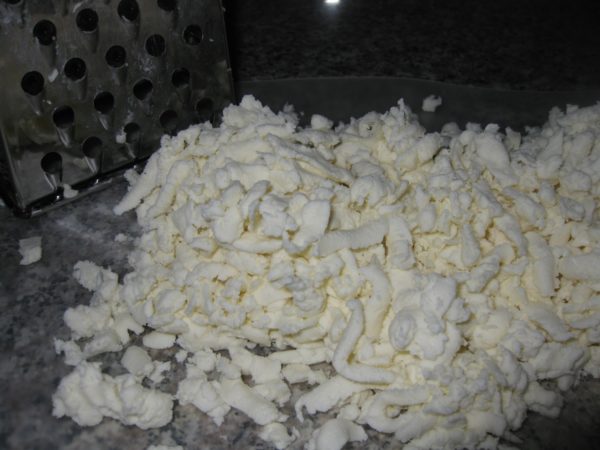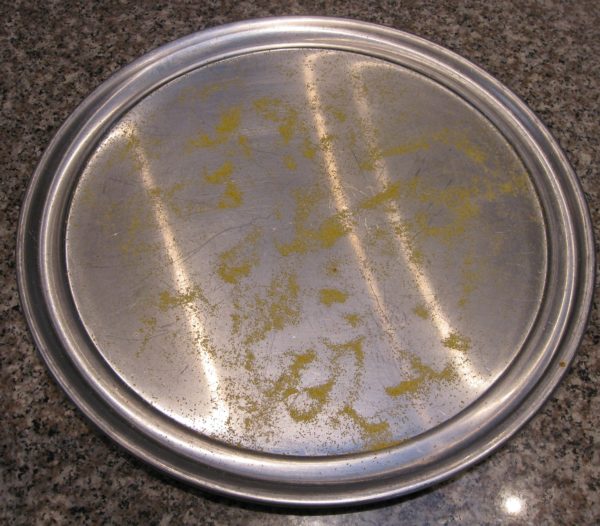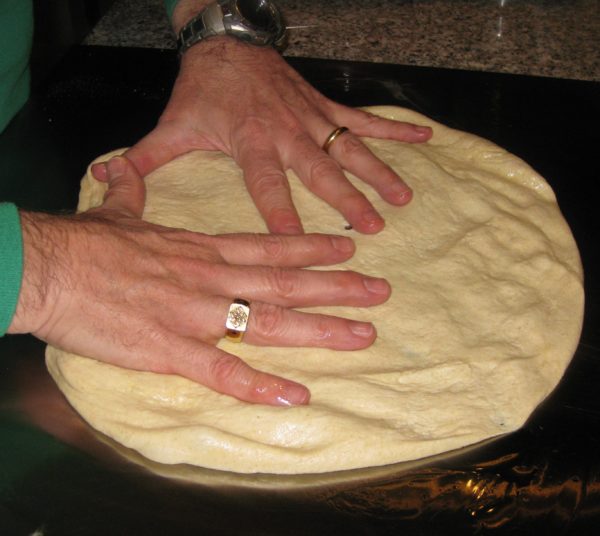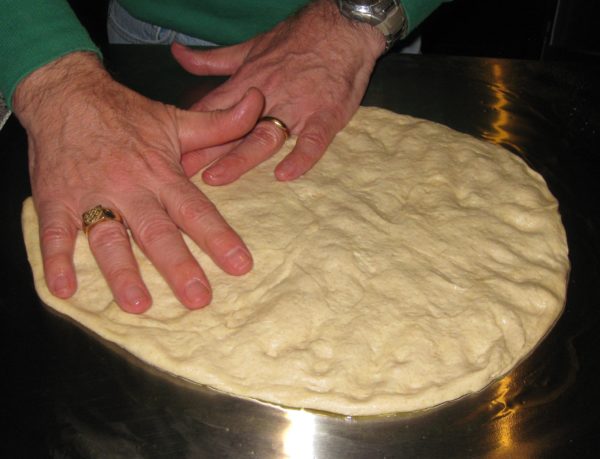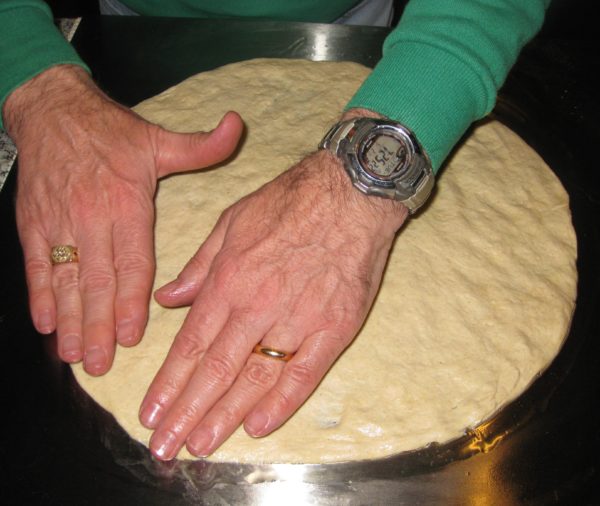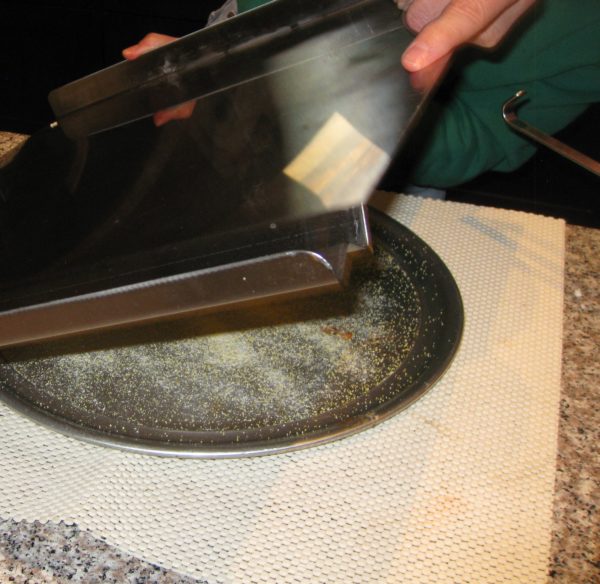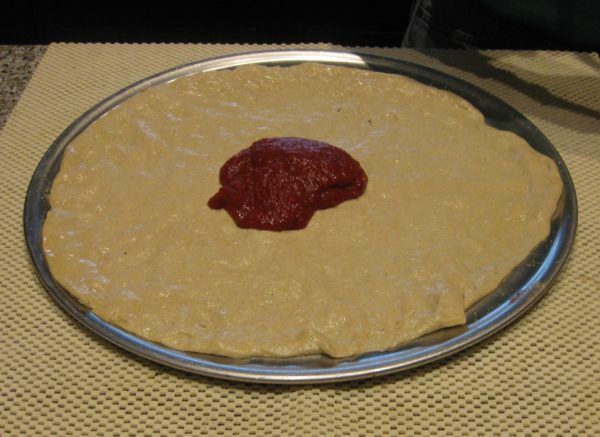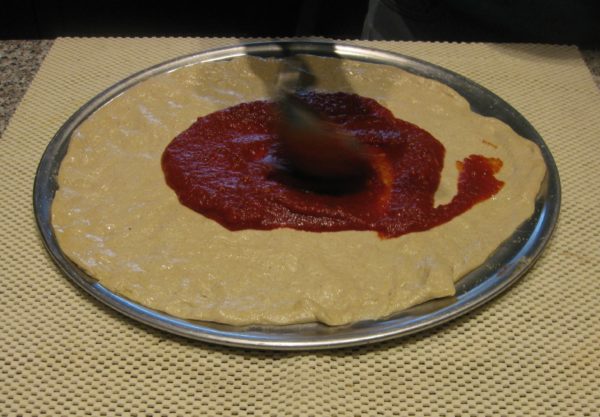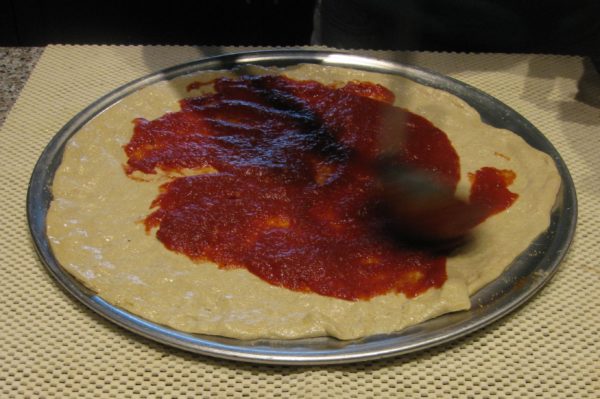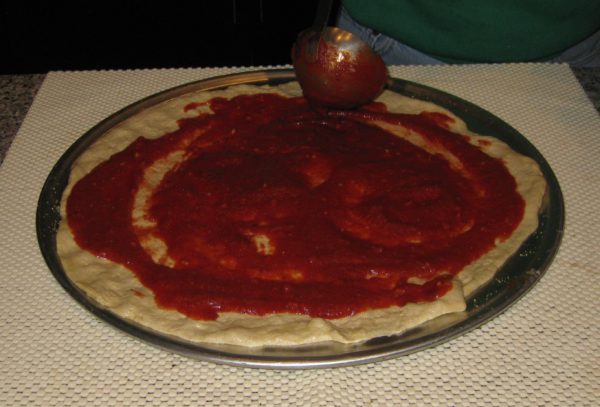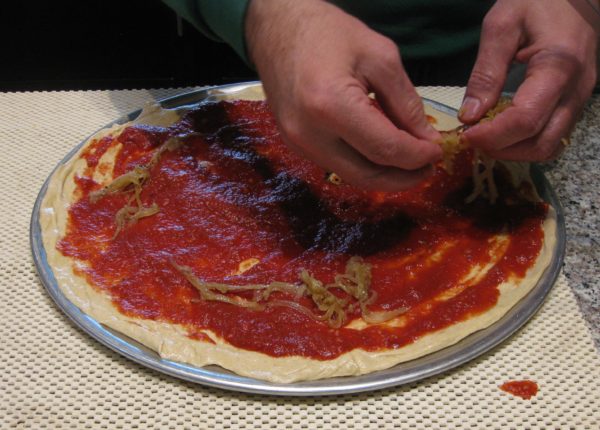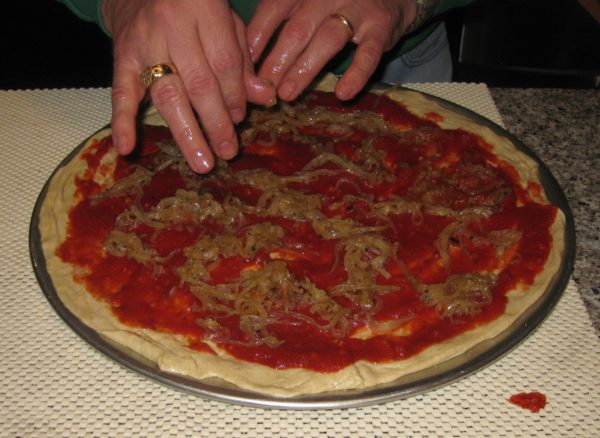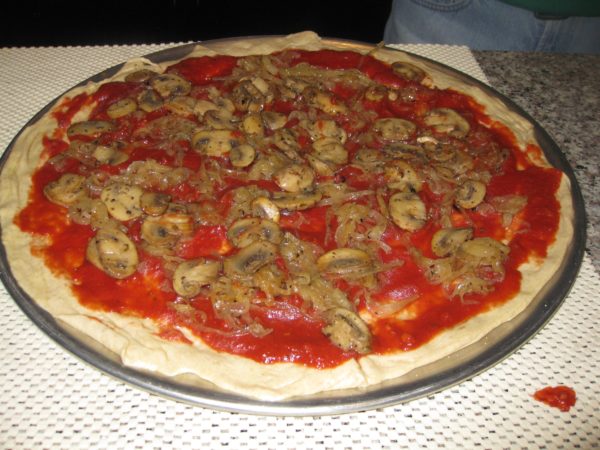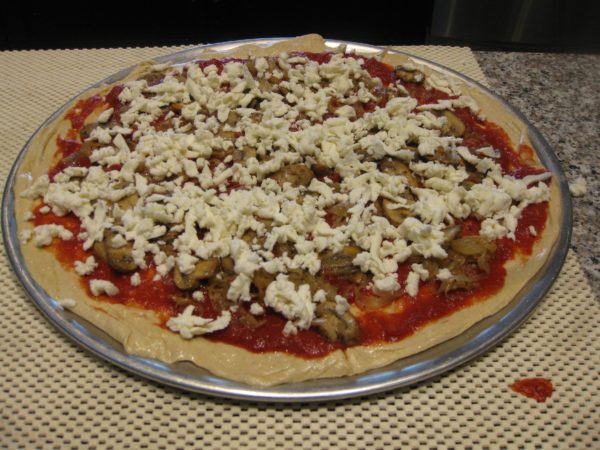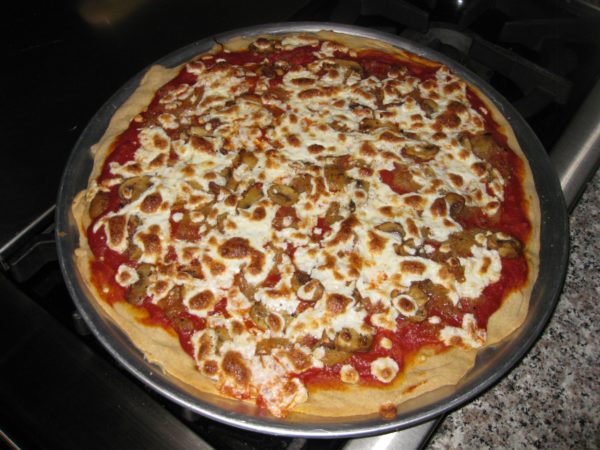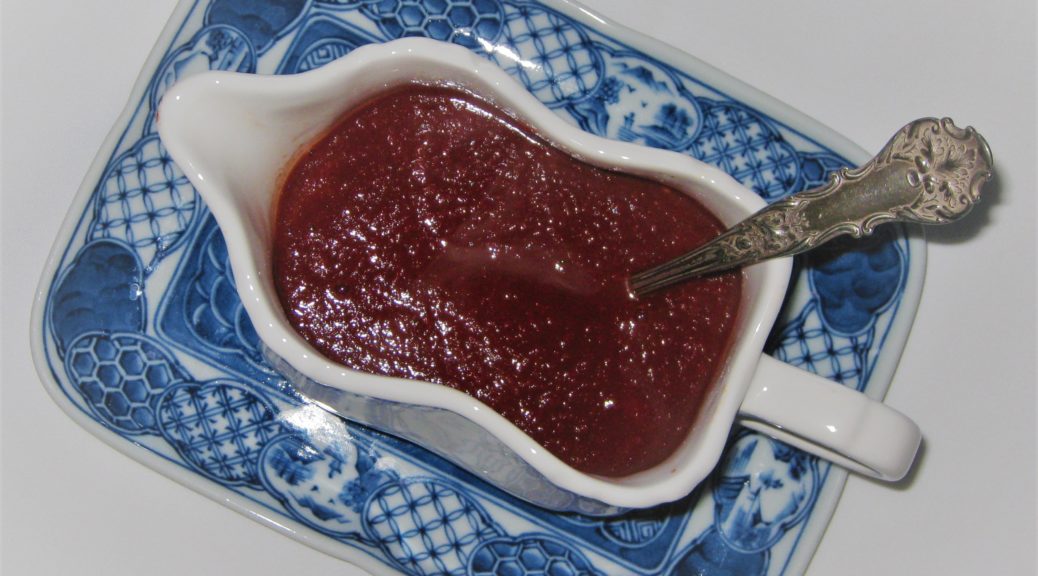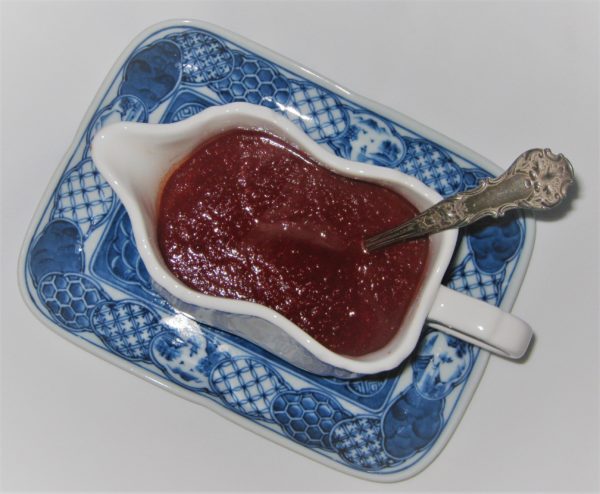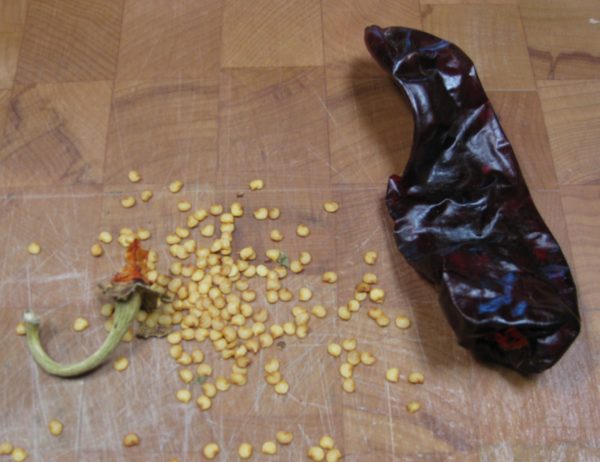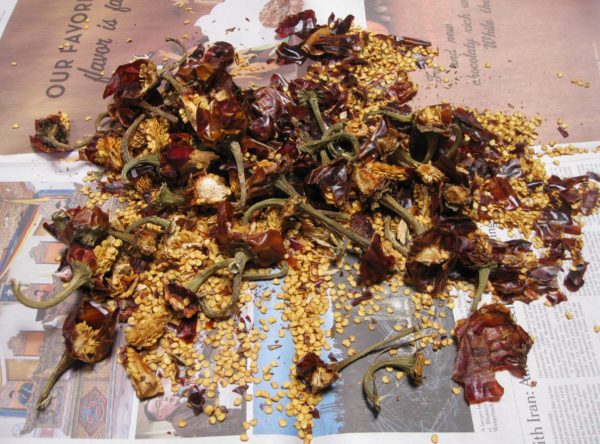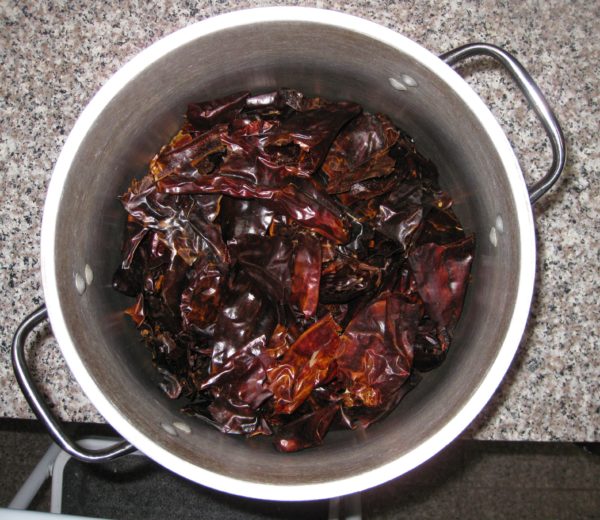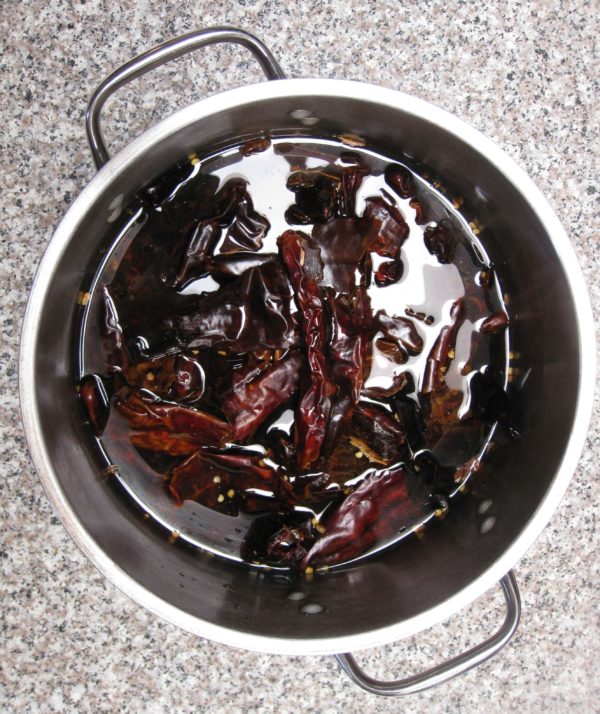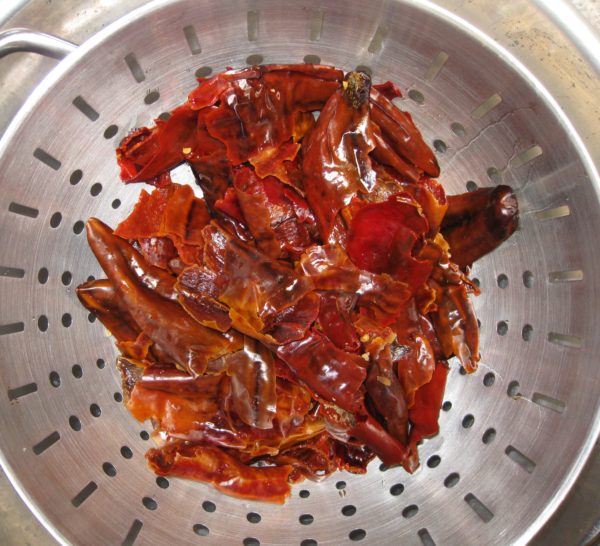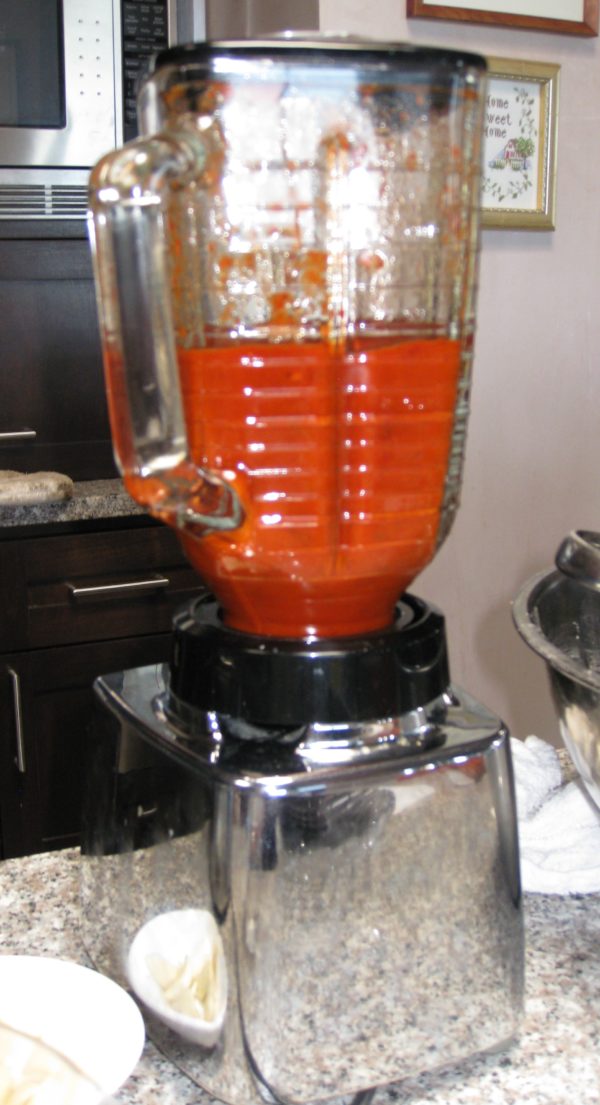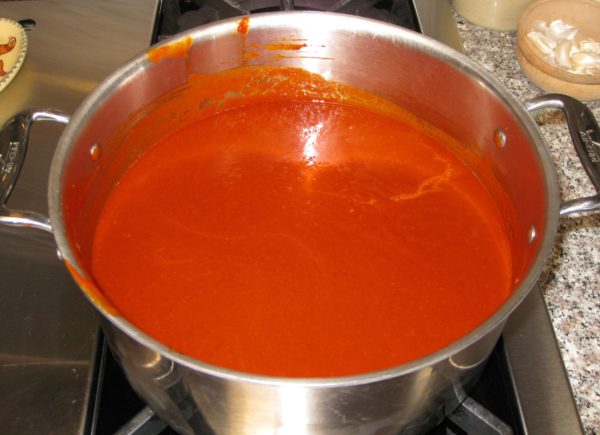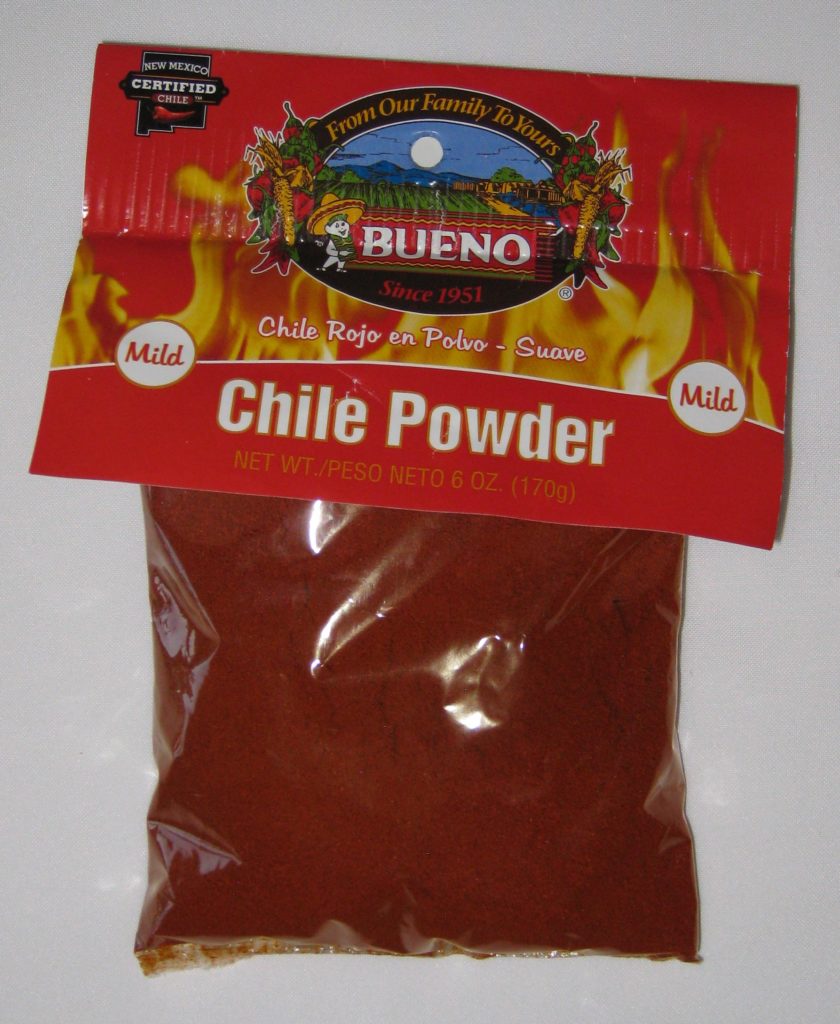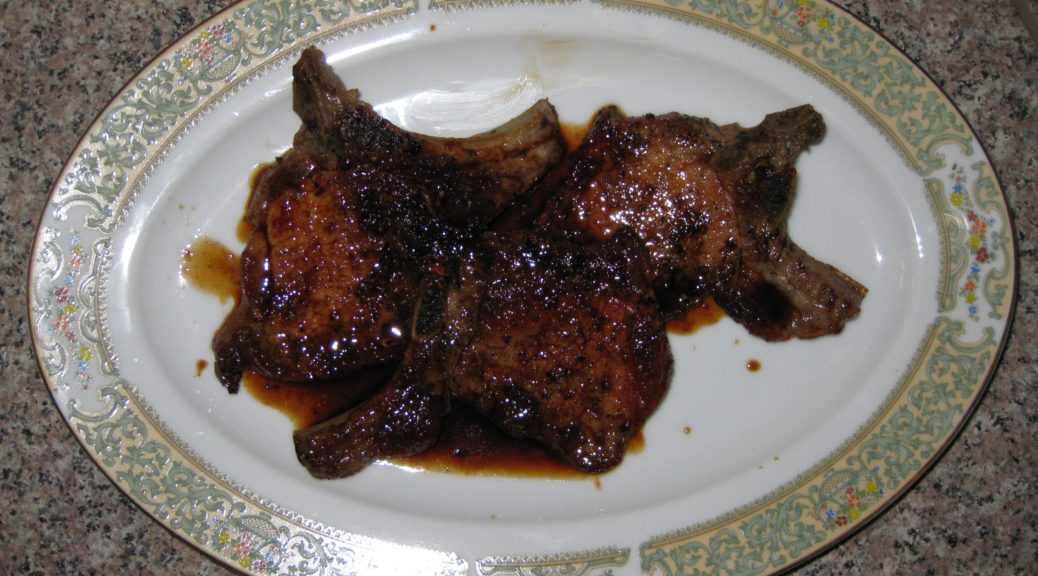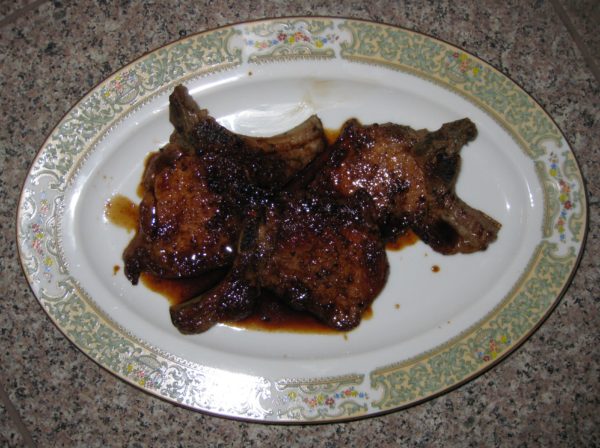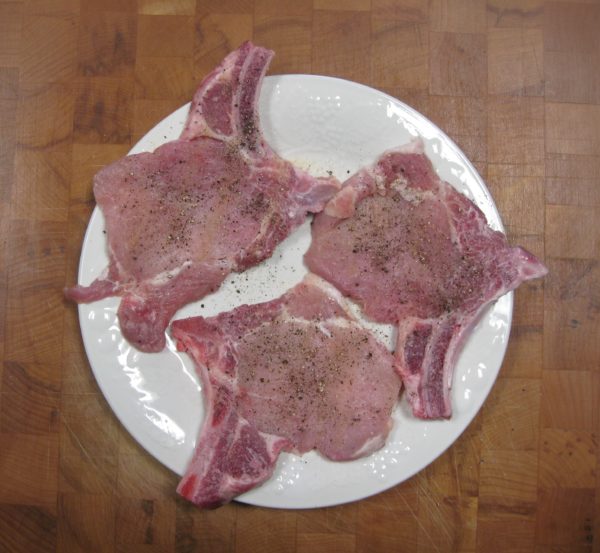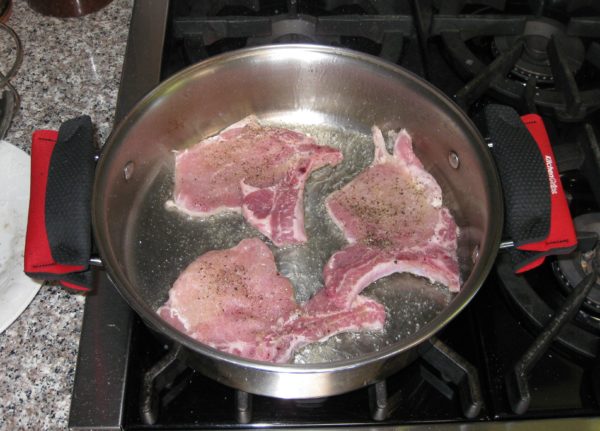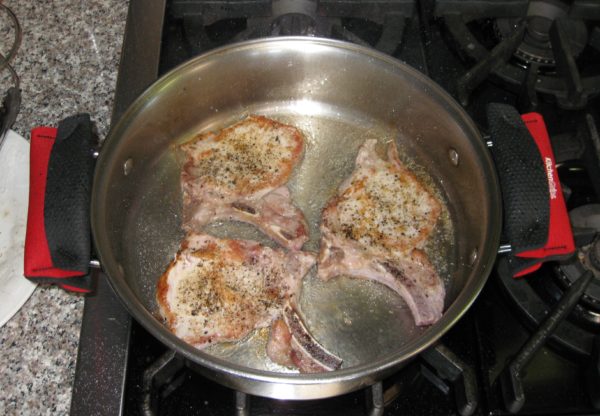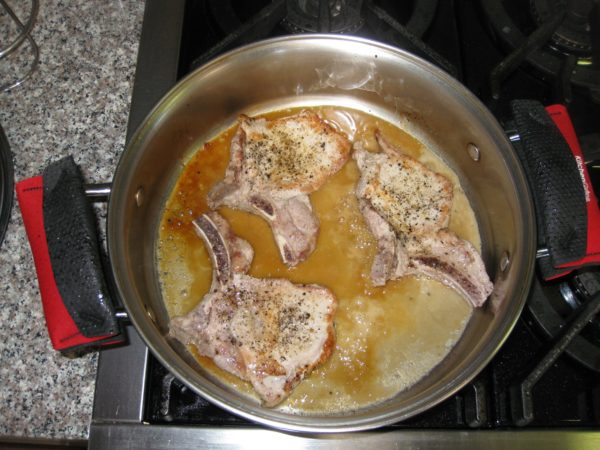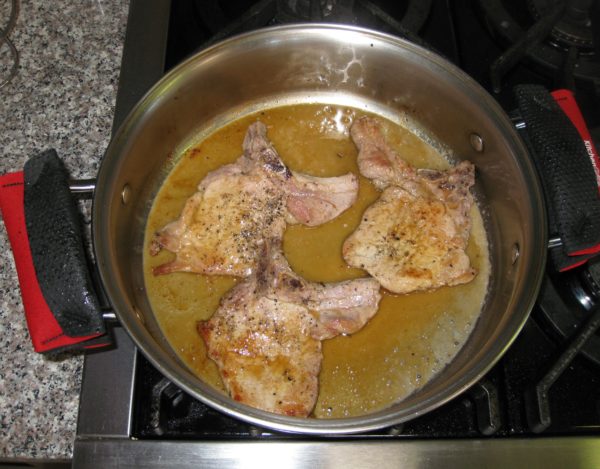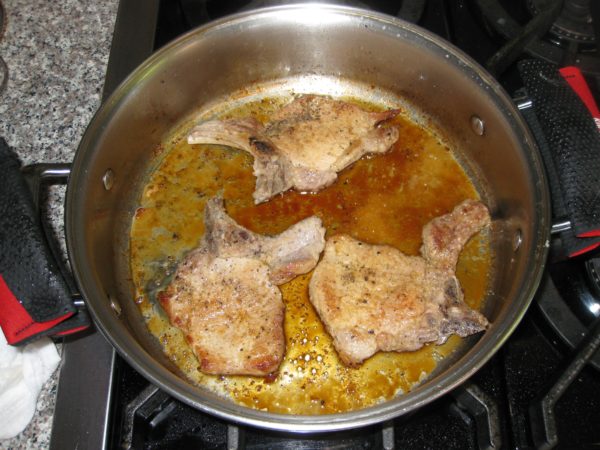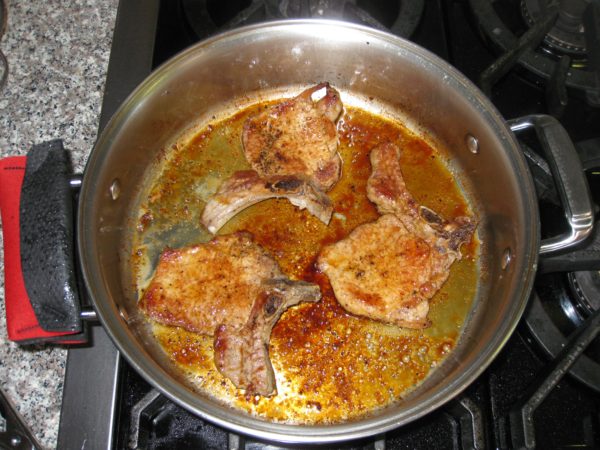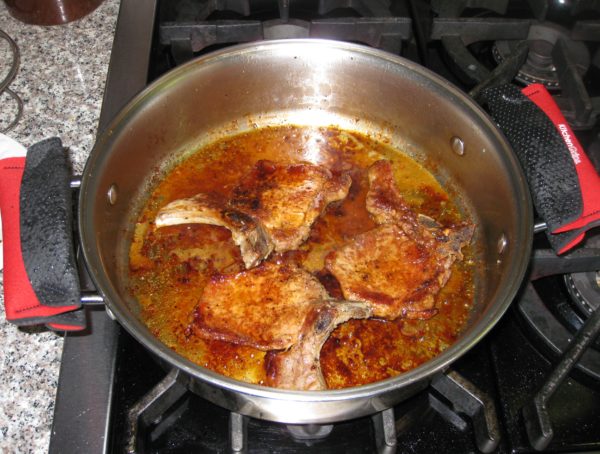July 19, 2017
Pasta. Potatoes. Bread.
I crave carbohydrates. I can go about three to four days without eating pasta before I start to really crave it.
Funny, because we only had pasta about once or twice a week while I was growing up.
We did, however, have potatoes on many of the intervening days.
Sometimes we’d have gnocchi (little pasta dumplings made with potatoes and flour) or pierogi (pasta stuffed with potatoes)! Though there are many other pierogi fillings, potato and cheese was the preferred variation in our house.
Once, when I hadn’t been home from college for a while, I asked my mom to make either pierogi or baba (sometimes Anglicized to bubba) for me for dinner. She made both. There wasn’t a piece of meat in sight. She knew me all too well. Meanwhile, the two college friends who came home with me were aghast at the absence of meat…and vegetables for that matter!
Americans, by and large, are not protein deficient so the occasional meal without meat or another major protein source isn’t an issue.
My mom’s potatoes with tomato sauce were usually served alongside sausage. Typically, it would be hot Italian fennel sausage that was browned in a skillet then braised slowly with some water to tenderize it.
If we were having kielbasa, the second most common sausage in our house, my mom would make a version of these potatoes without the tomato sauce. She’d get the potatoes good and brown and then cover the pan for a bit to trap the moisture and tenderize the potatoes without making them mushy.
Since my mom made a big pot of slow-cooked Southern Italian sugo most every Sunday, there was a ready supply of homemade tomato sauce for these potatoes. In my house, unfortunately, I don’t make that kind of sauce often enough (though I plan on changing that) and it always seems like a luxury to use some of it for these potatoes as opposed to putting the sauce on pasta.
I have found, however, that my uncooked pizza sauce works well. In a pinch canned or bottled tomato puree is good too (or even one of those 8 ounce cans of tomato “sauce”). If using canned puree, add a pinch or two of oregano for flavor.
While Italian versions of potatoes cooked in tomato sauce usually end up being more “saucy,” this Italian-American version turns the tomato sauce into little more than a coating on the potatoes.
Follow us
Click HERE to join our mailing list and you’ll never miss a recipe again!
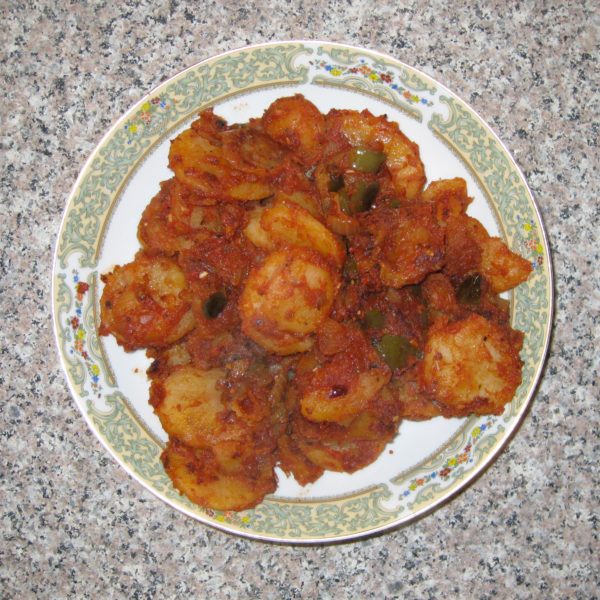
| Prep Time | 15 minutes |
| Cook Time | 75 minutes |
| Servings |
people
|
- 2 1/2 pounds russet potatoes medium size
- 1/3 cup oil such as corn, canola, or olive
- 1/2 green bell pepper
- 1/2 medium onion
- 1 cup tomato sauce preferably homemade
- 1 teaspoon salt plus more, to taste
- black pepper freshly ground, to taste
Ingredients
|

|
- Peel the potatoes. Cut them crosswise into ¼ inch thick slices.
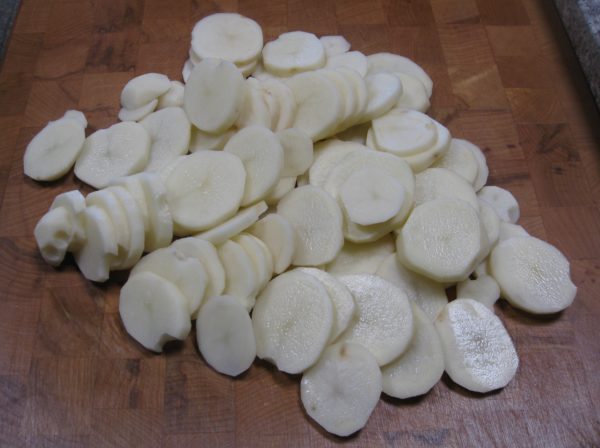
- Cut the bell pepper into 1/3 inch dice.
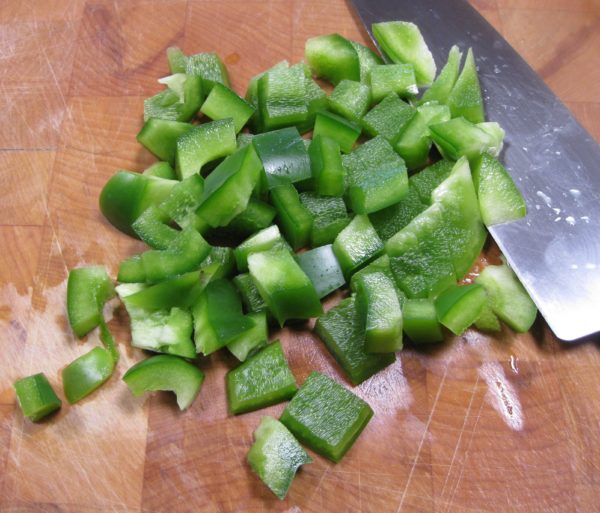
- Dice the onion.
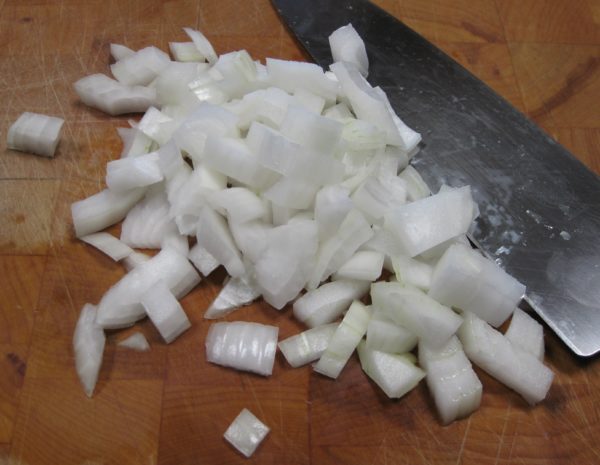
- Heat oil over medium-high heat in a 12 inch skillet.
- When the oil is hot, add the potatoes. The potatoes should start sizzling immediately. Season the potatoes with 1 teaspoon of salt and a generous amount of freshly ground black pepper. Do not stir the potatoes just yet.
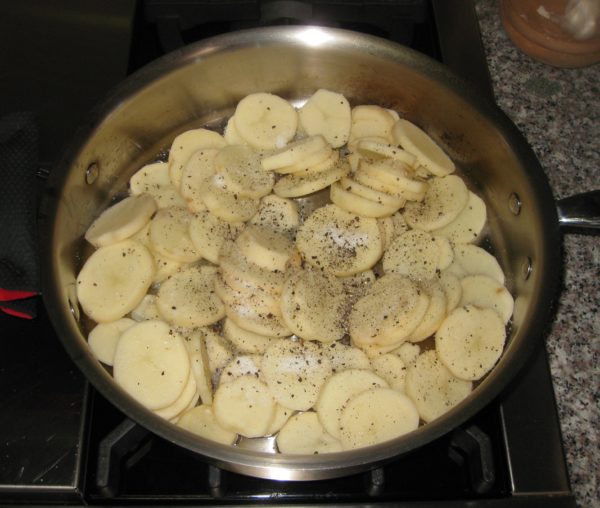
- Allow the potatoes to brown on the bottom.
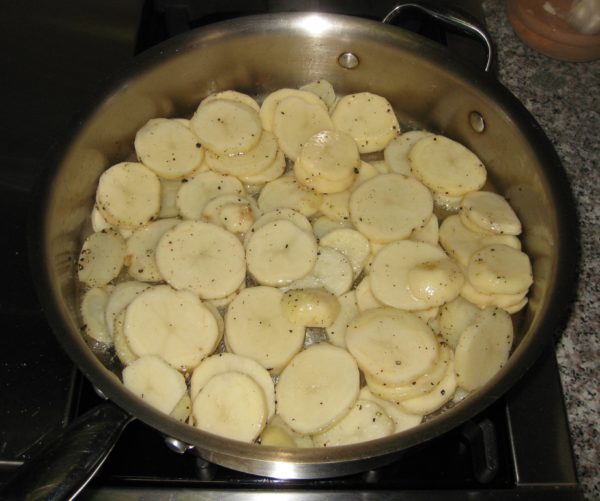
- These are getting browner on the bottom but not ready to turn yet.
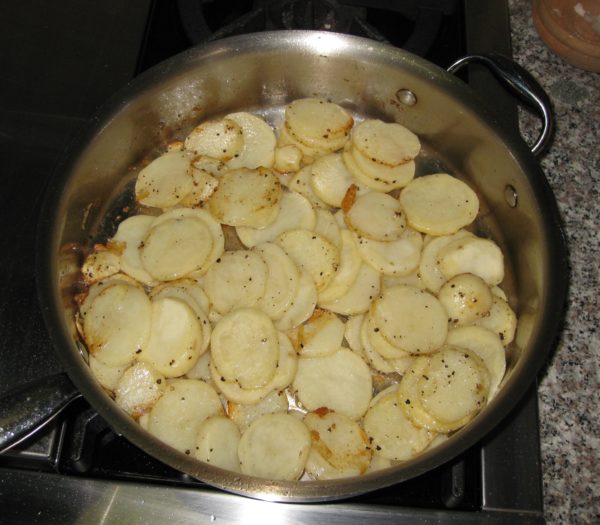
- When the potatoes on the bottom have turned golden brown, use a spatula to flip and separate them.
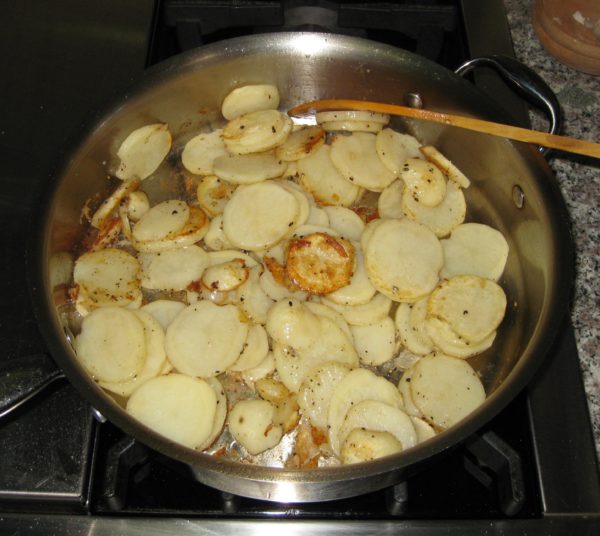
- When approximately 1/3 of the potatoes are browned, add the bell pepper.
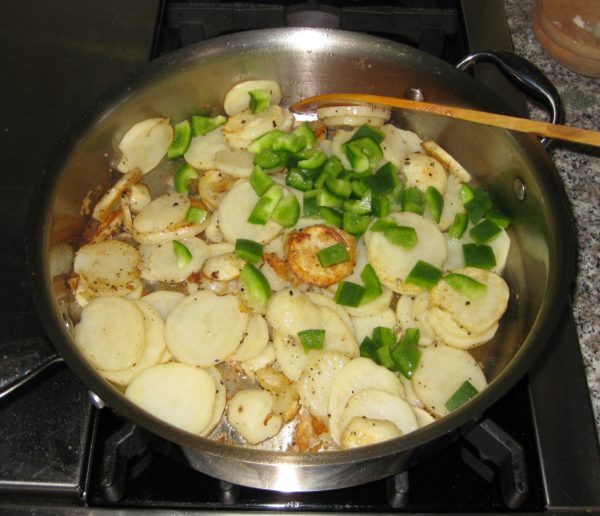
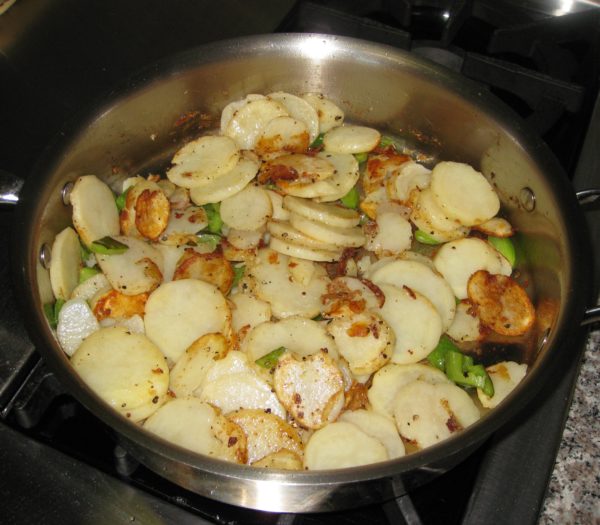
- Continue cooking, allowing the potatoes on the bottom to brown more before flipping and separating, until about ½ of the potatoes are browned and the bell pepper is just beginning to char.
- Add the onion.
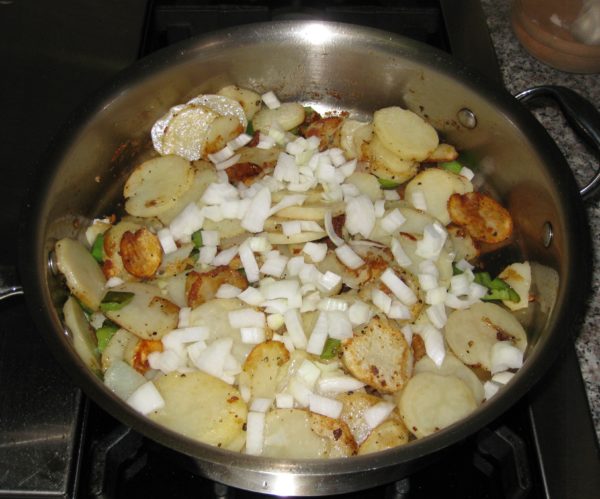
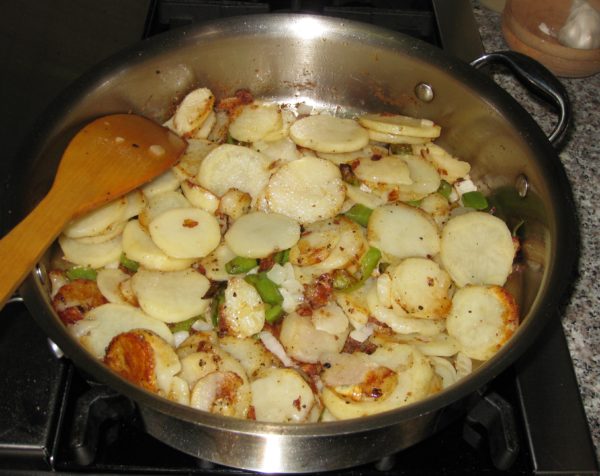
- Continue cooking until the potatoes are nicely browned and the onion is golden. Adjust the heat as needed to prevent the potatoes and onions from burning, though a few dark spots won’t be a problem.
- Taste and adjust salt and pepper.
- Add the tomato sauce to the potatoes. Mix well.
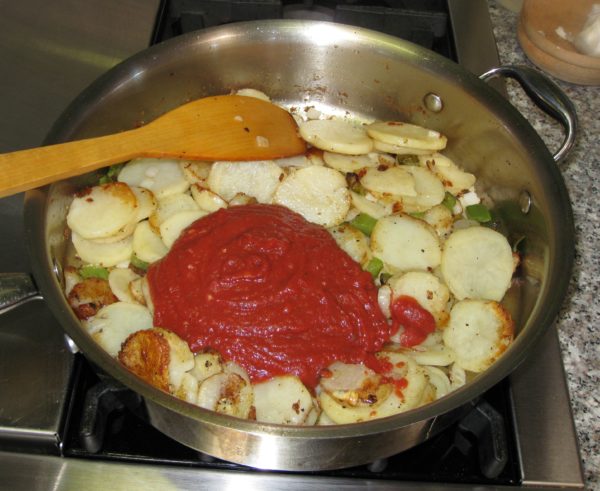
- Reduce the heat to low and cook, uncovered, until the potatoes are tender, but not mushy, stirring occasionally. Approximately 45-60 minutes more. The tomato sauce should have pretty much completely evaporated, leaving the potatoes coated in red.
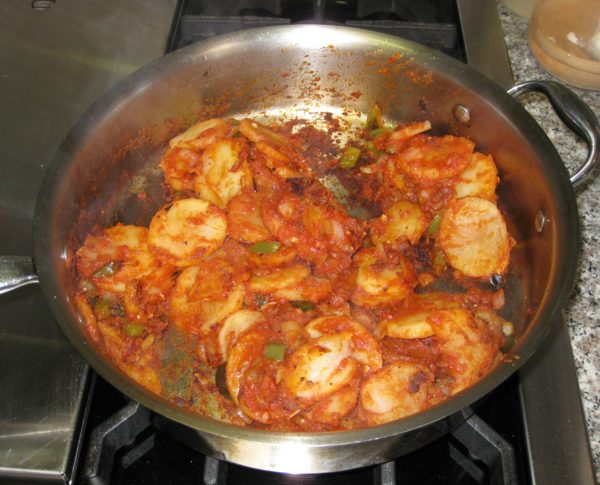
- The potatoes ready to serve.

Copyright © 2017 by VillaSentieri.com. All rights reserved.

